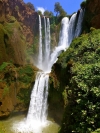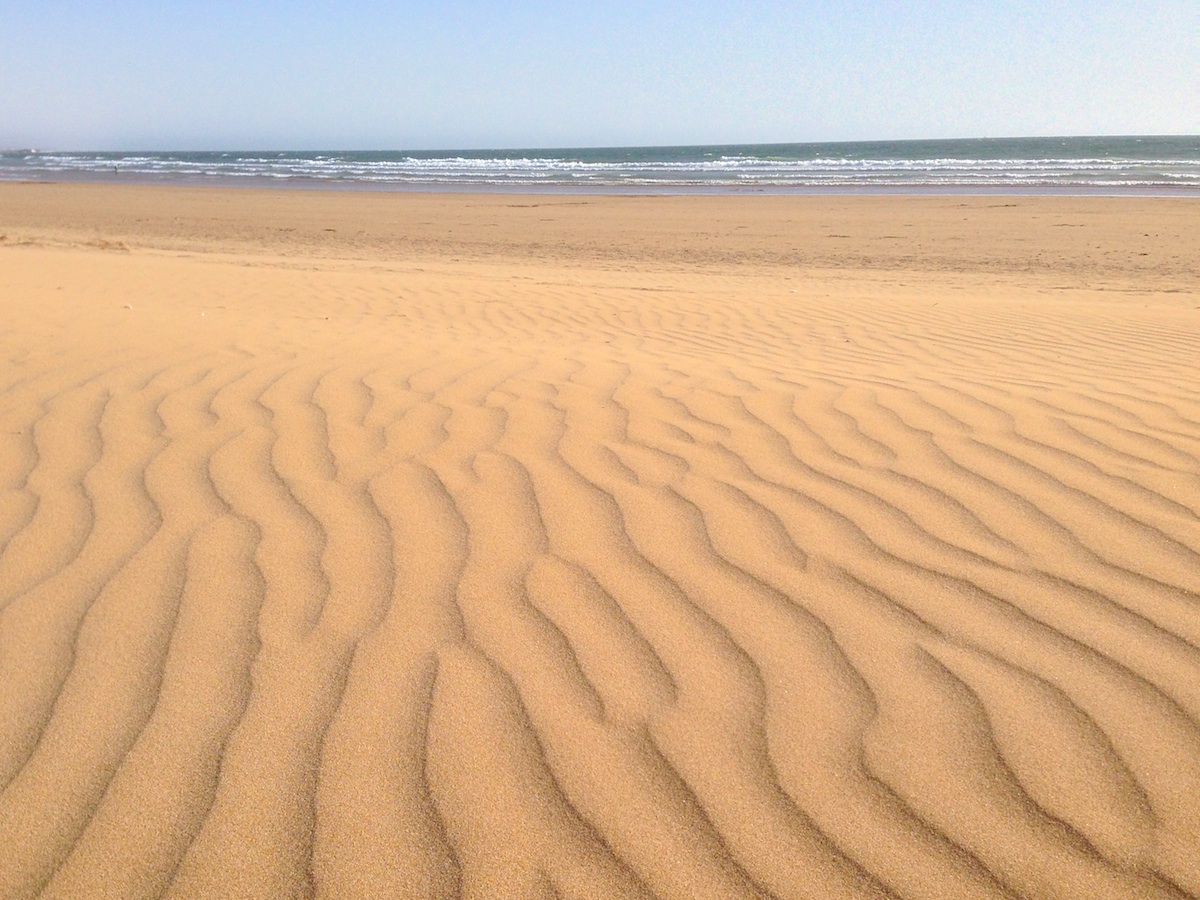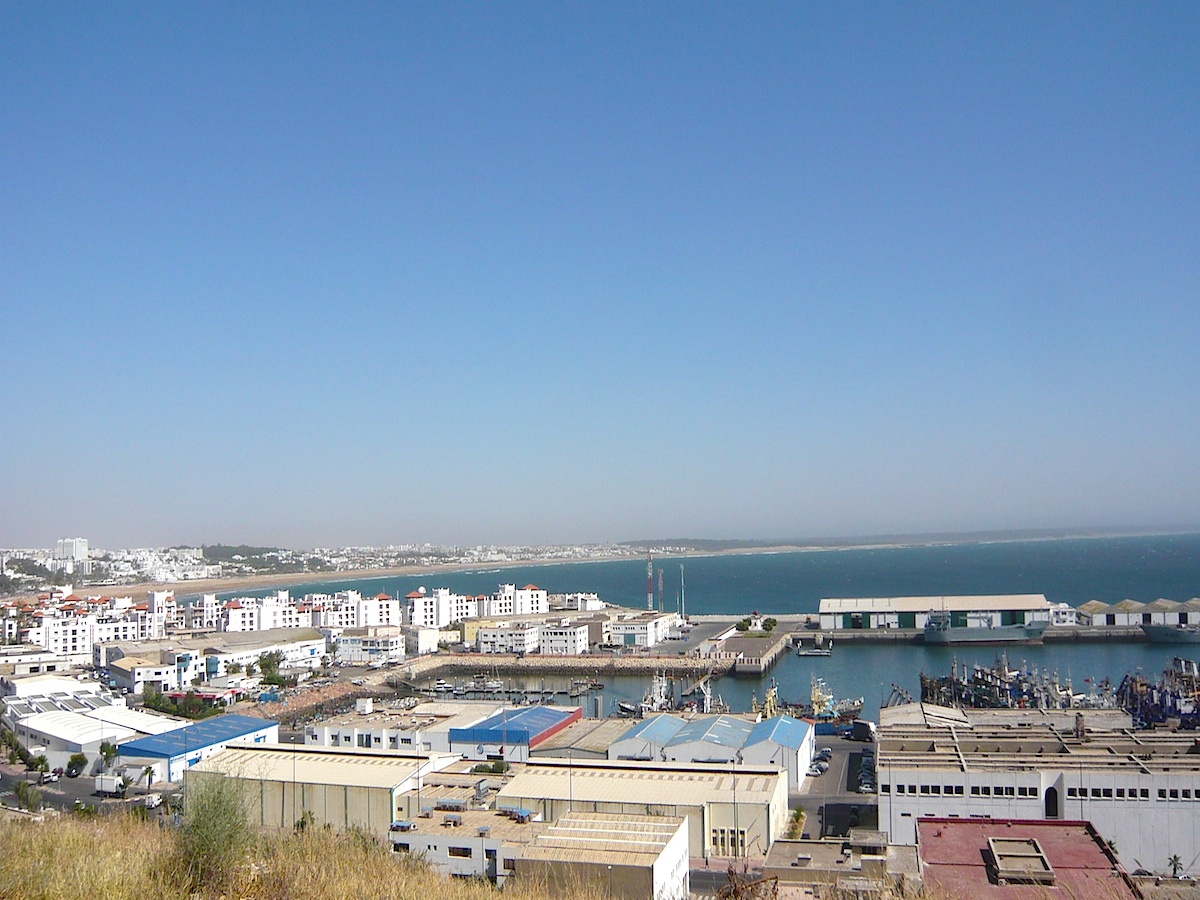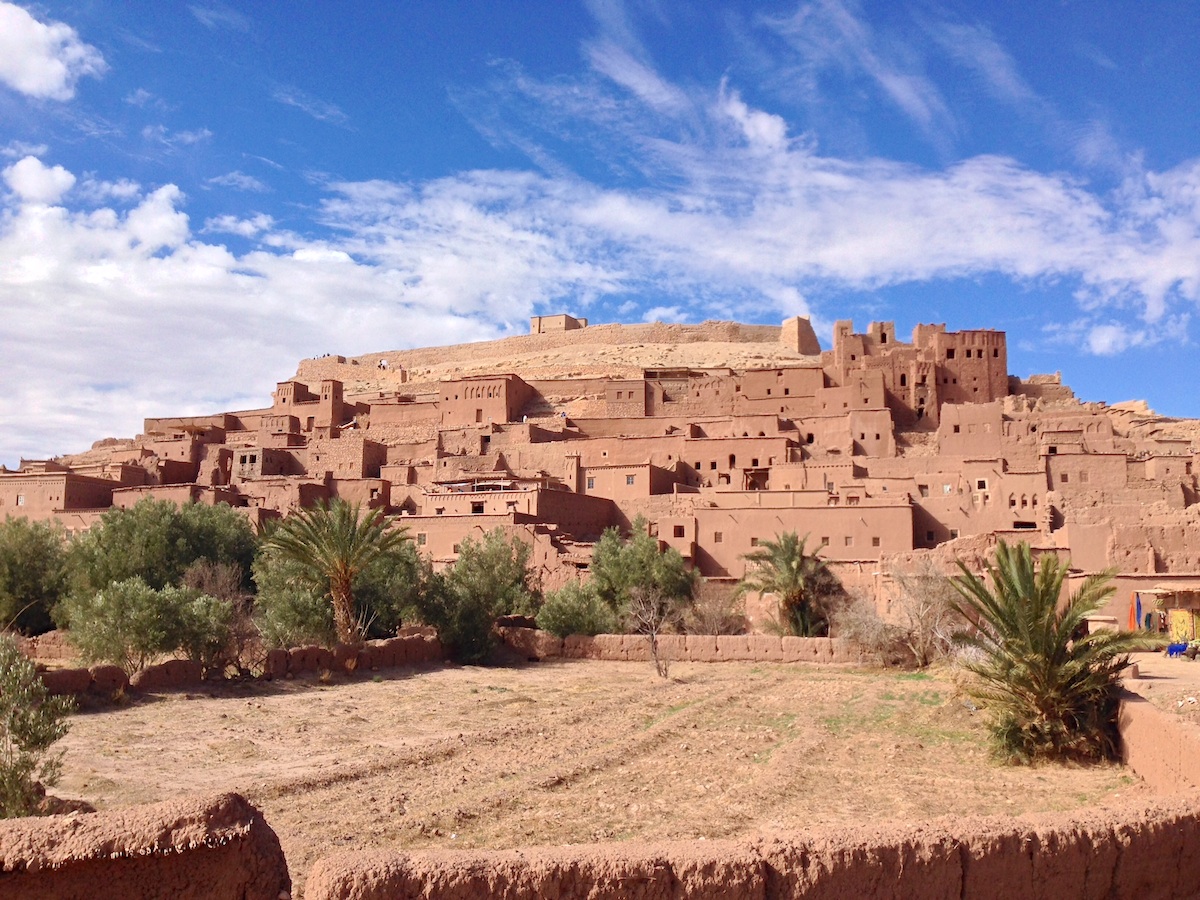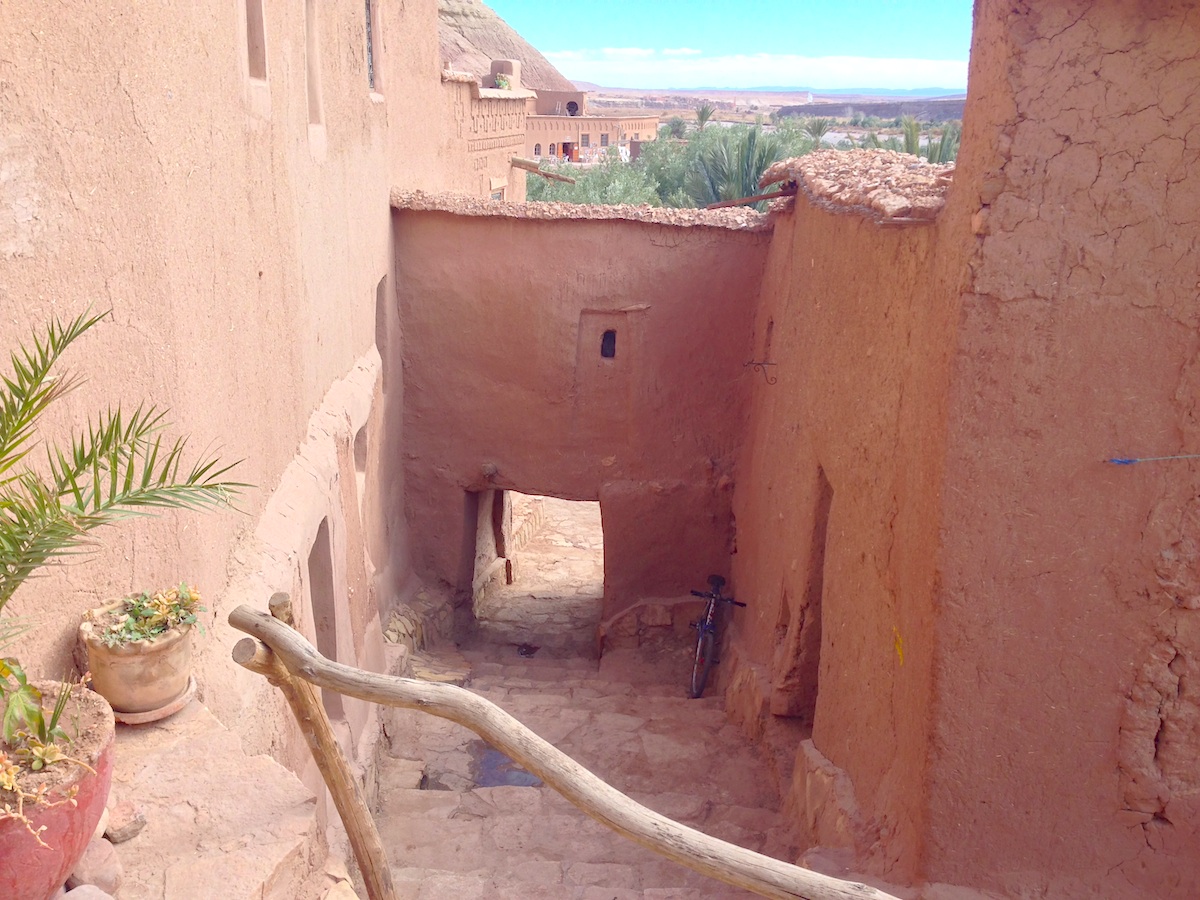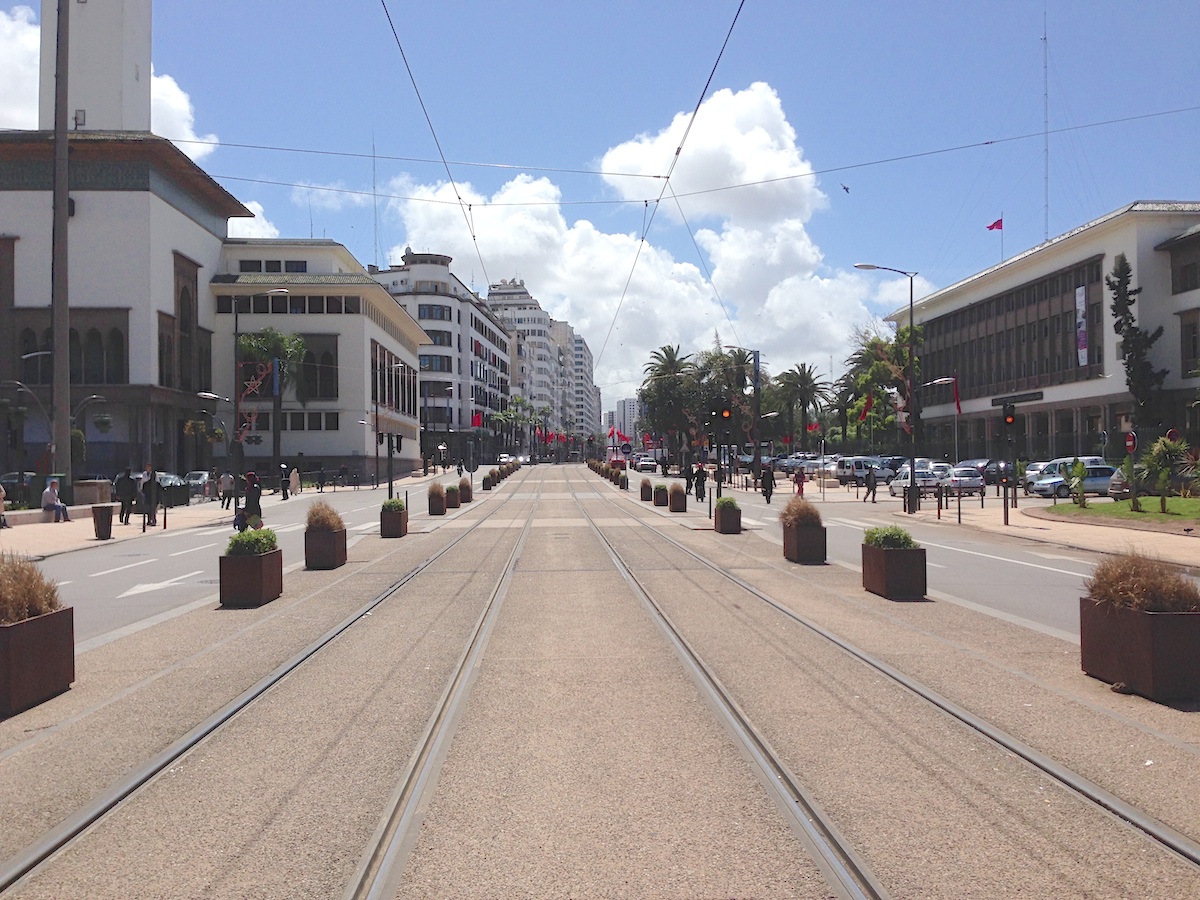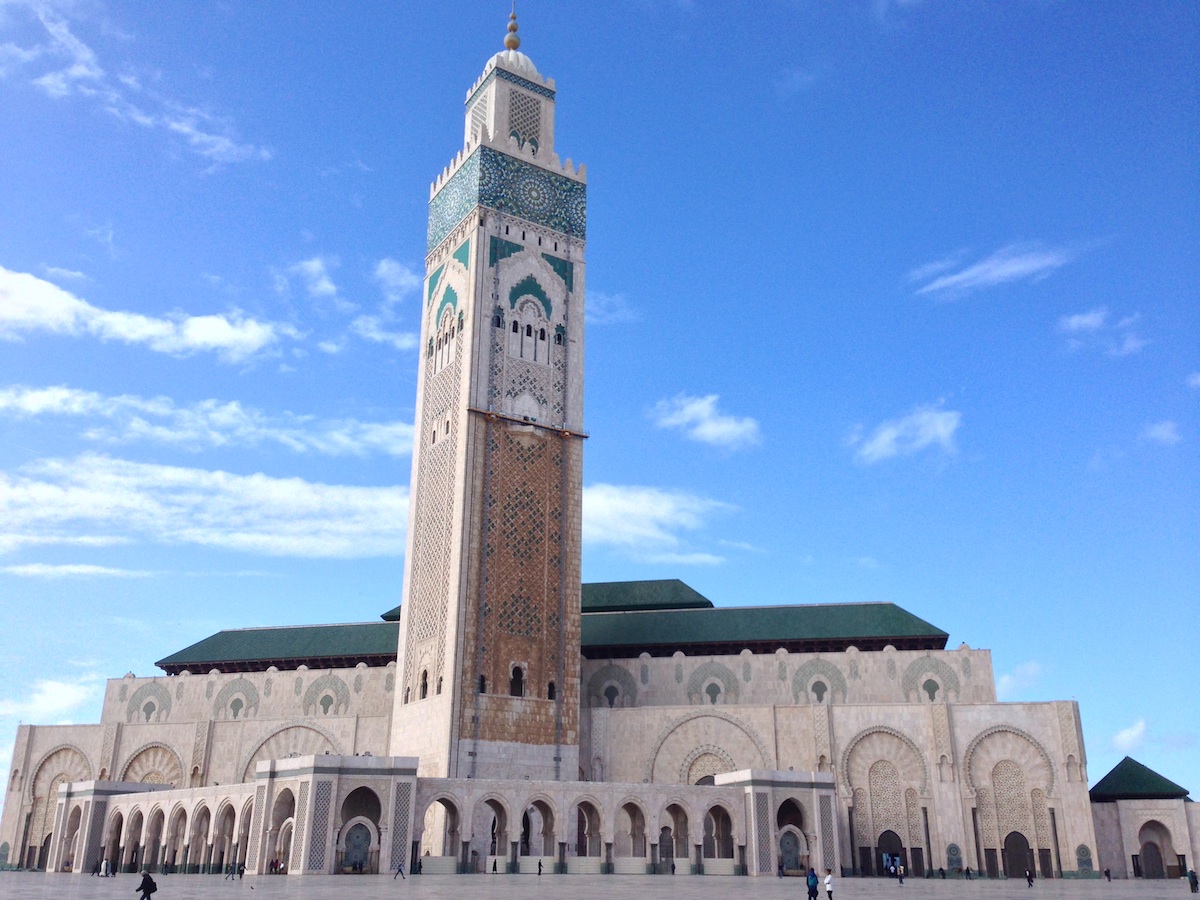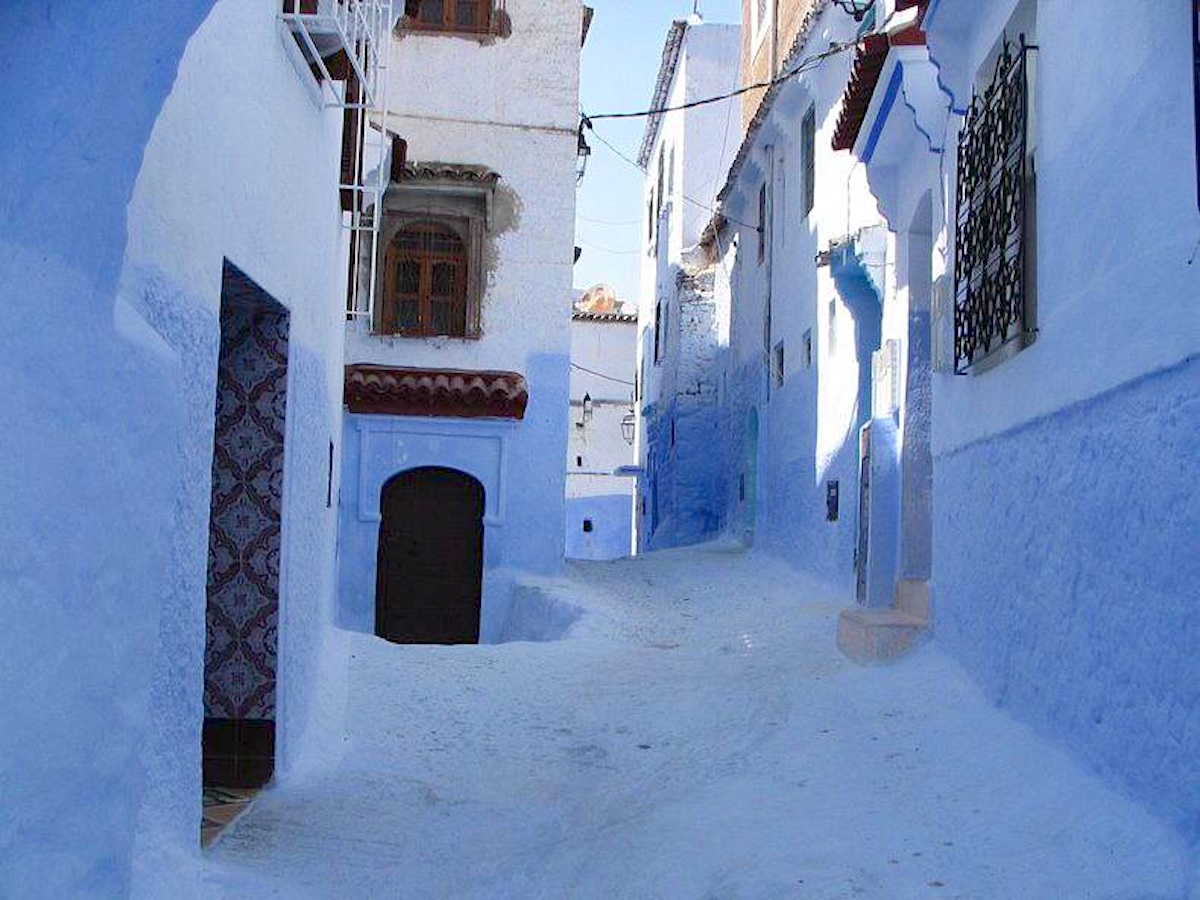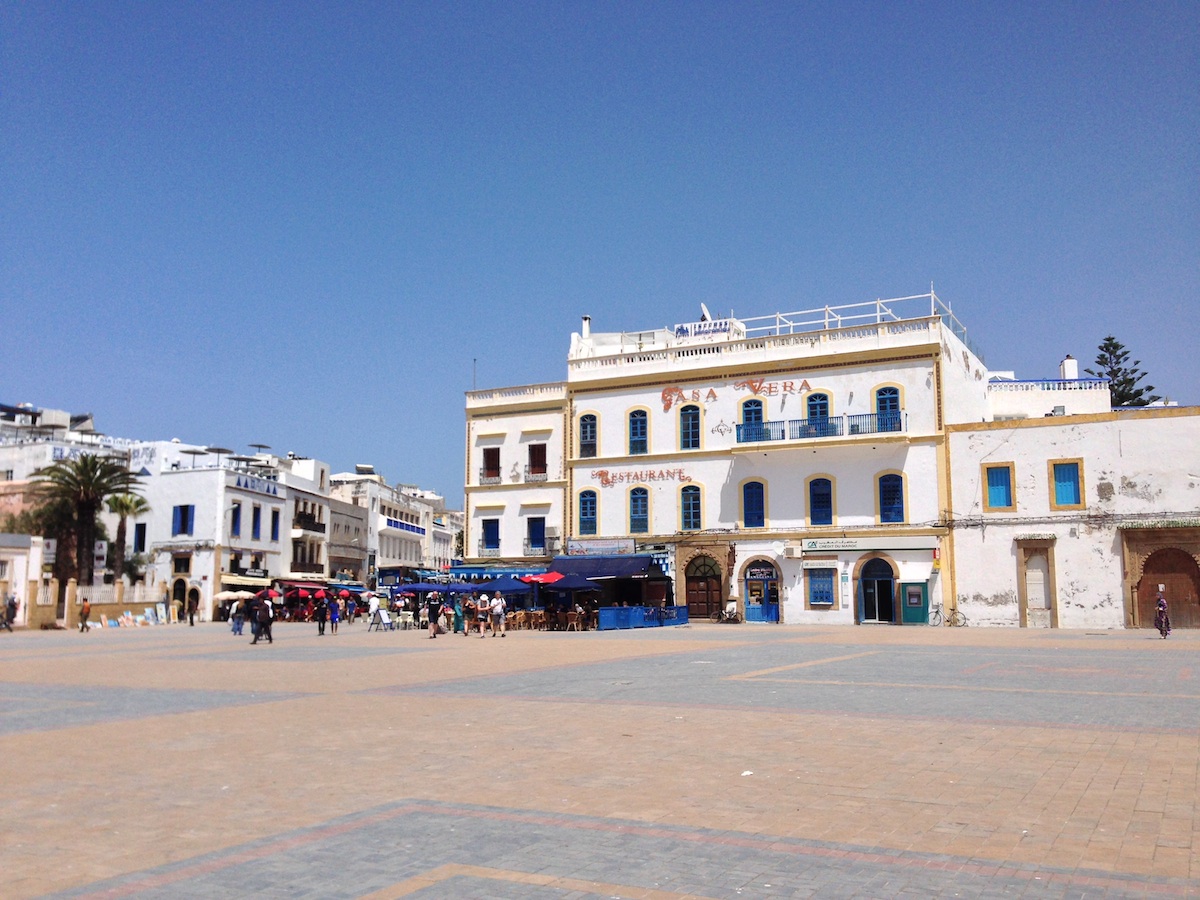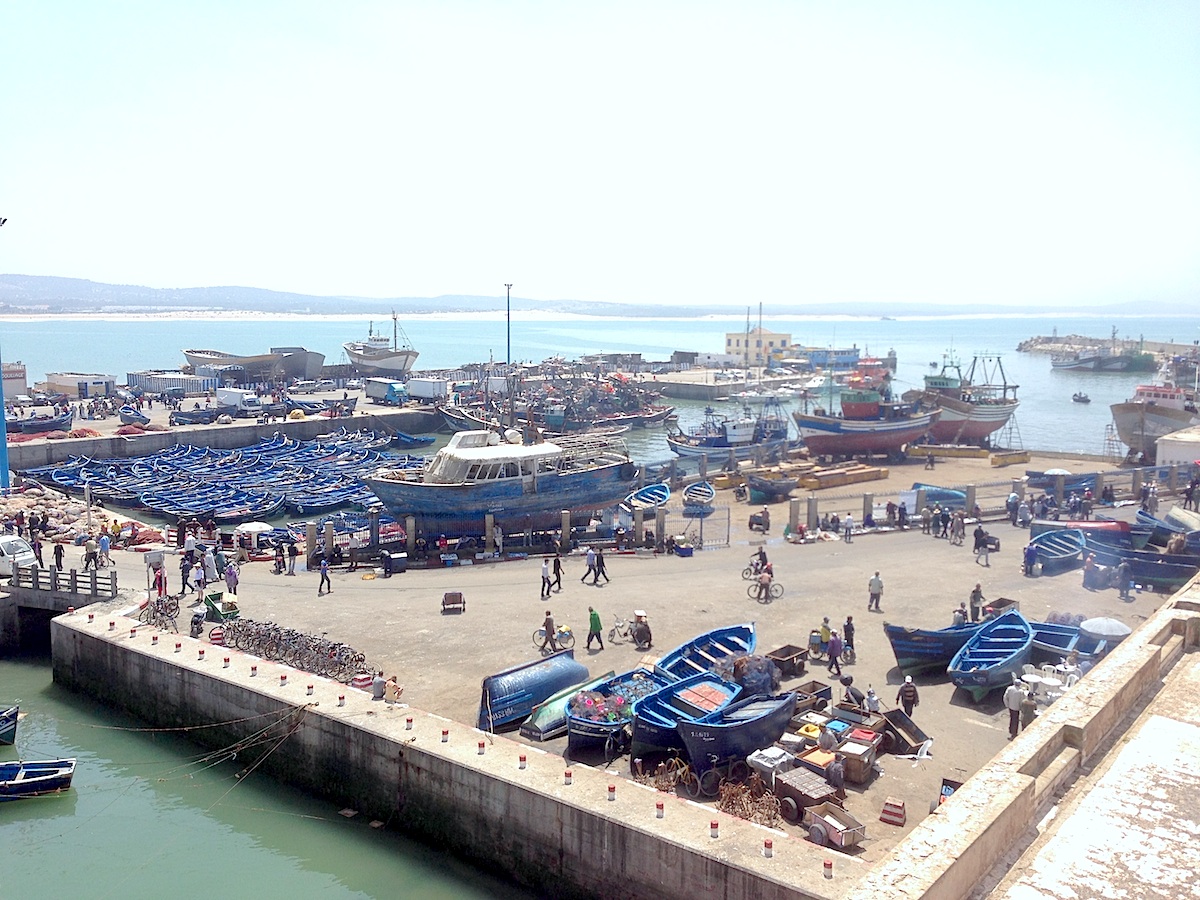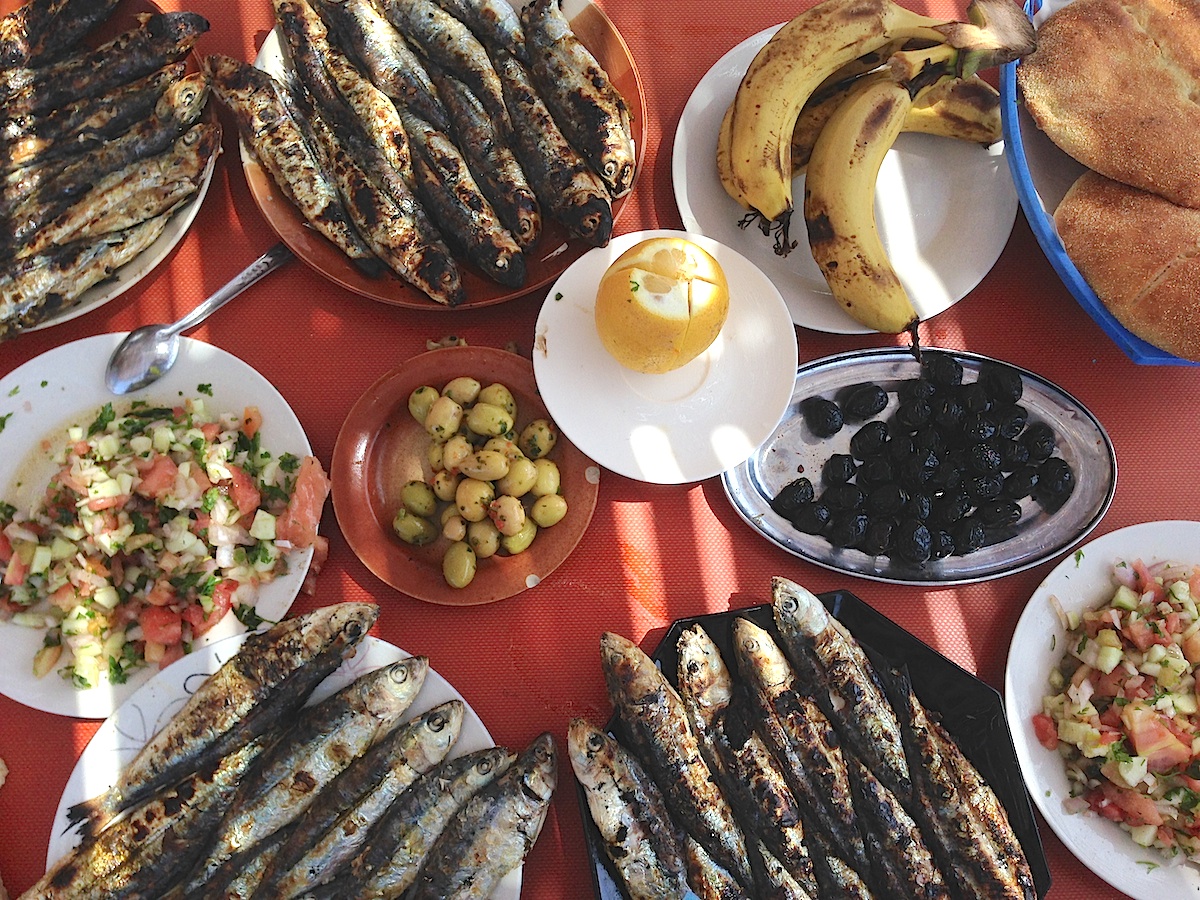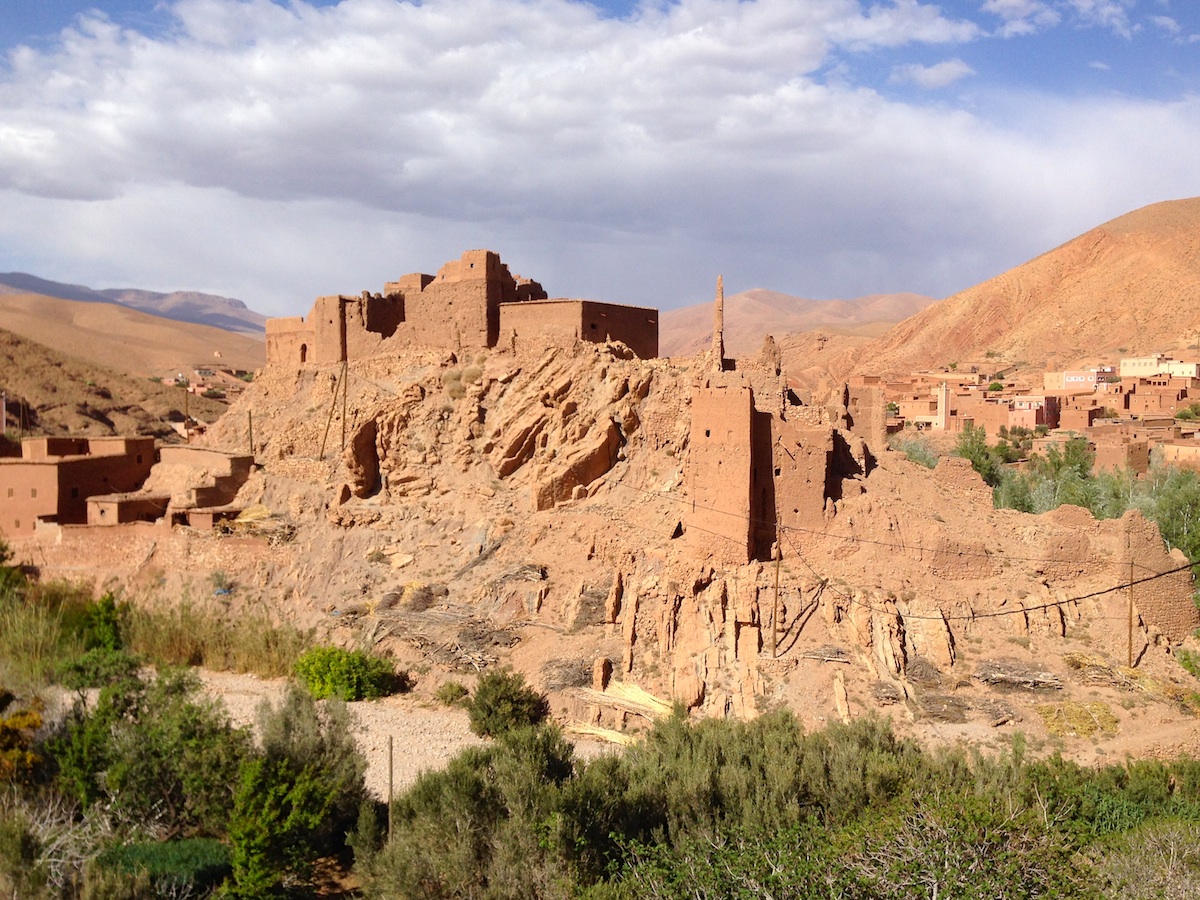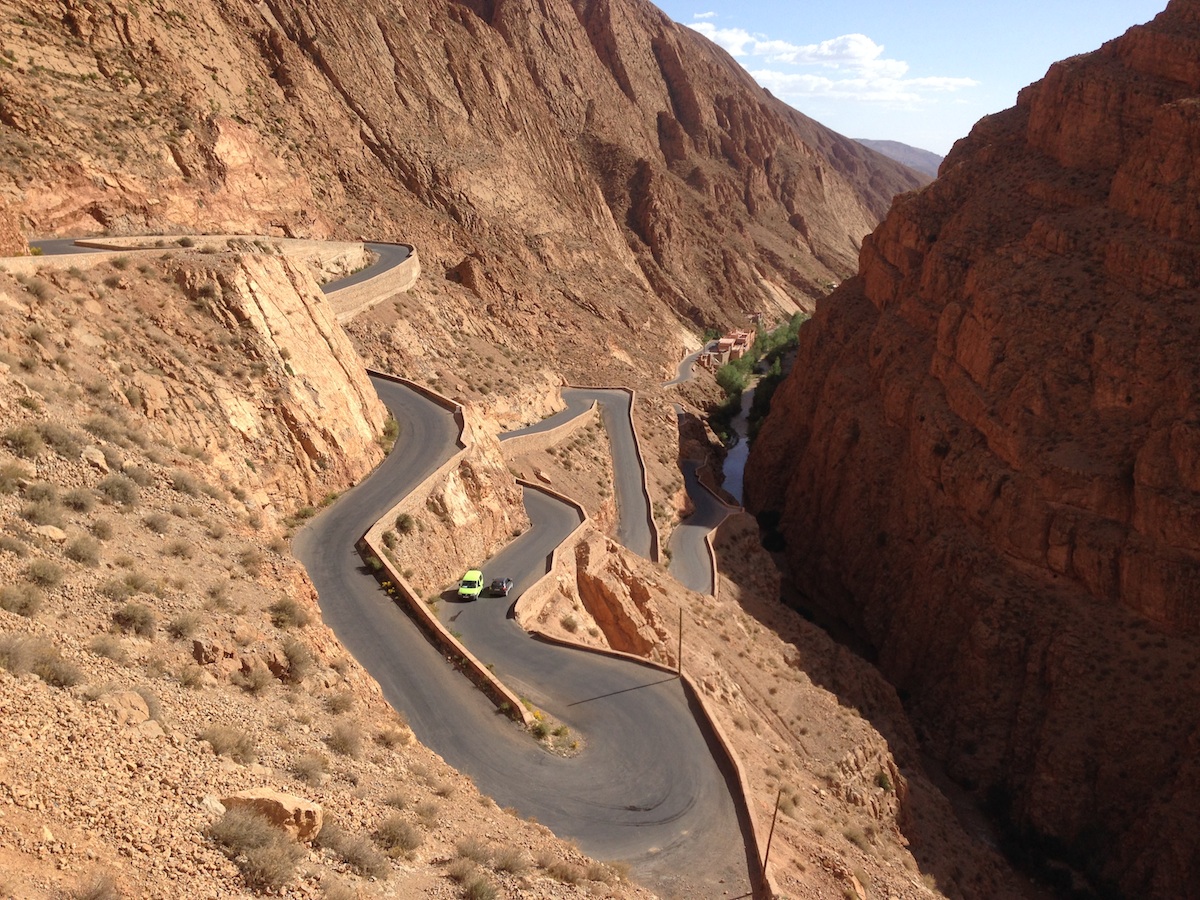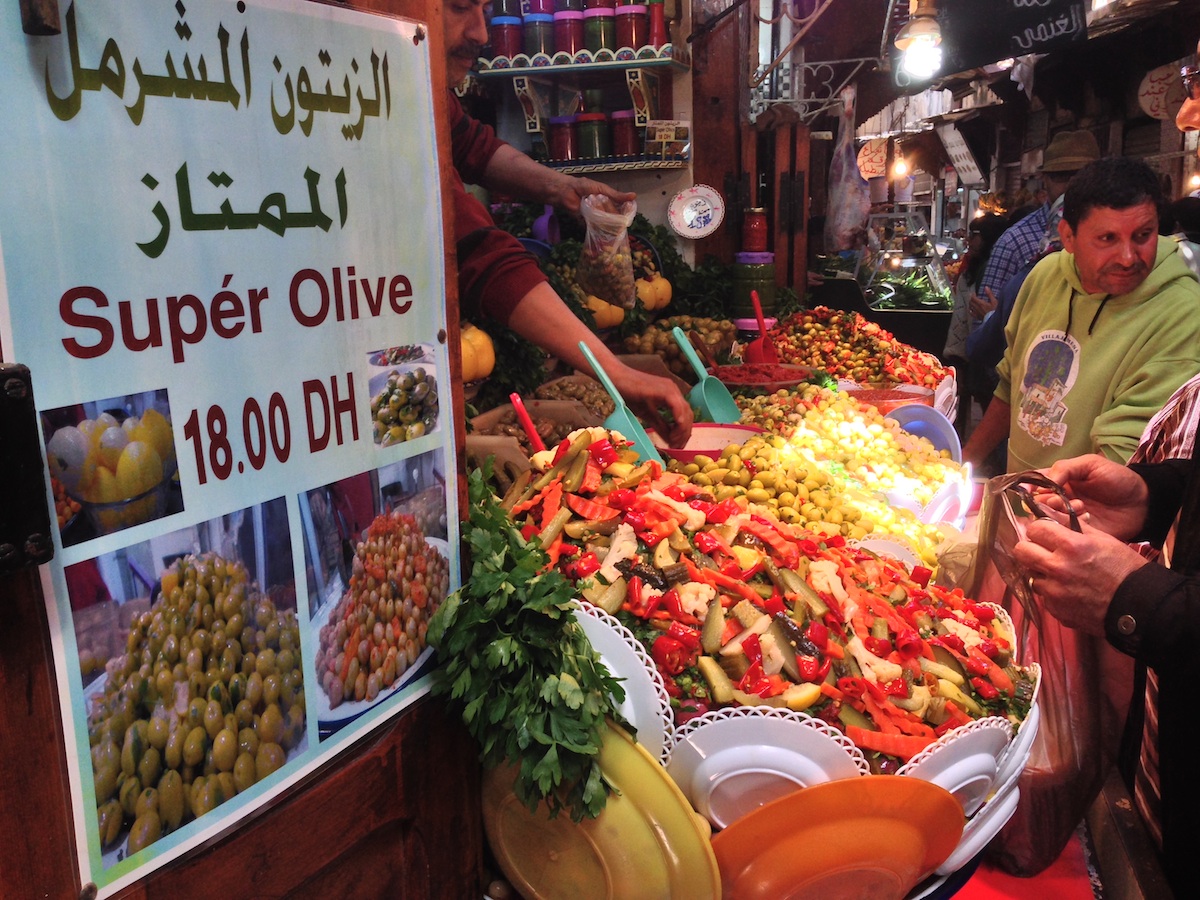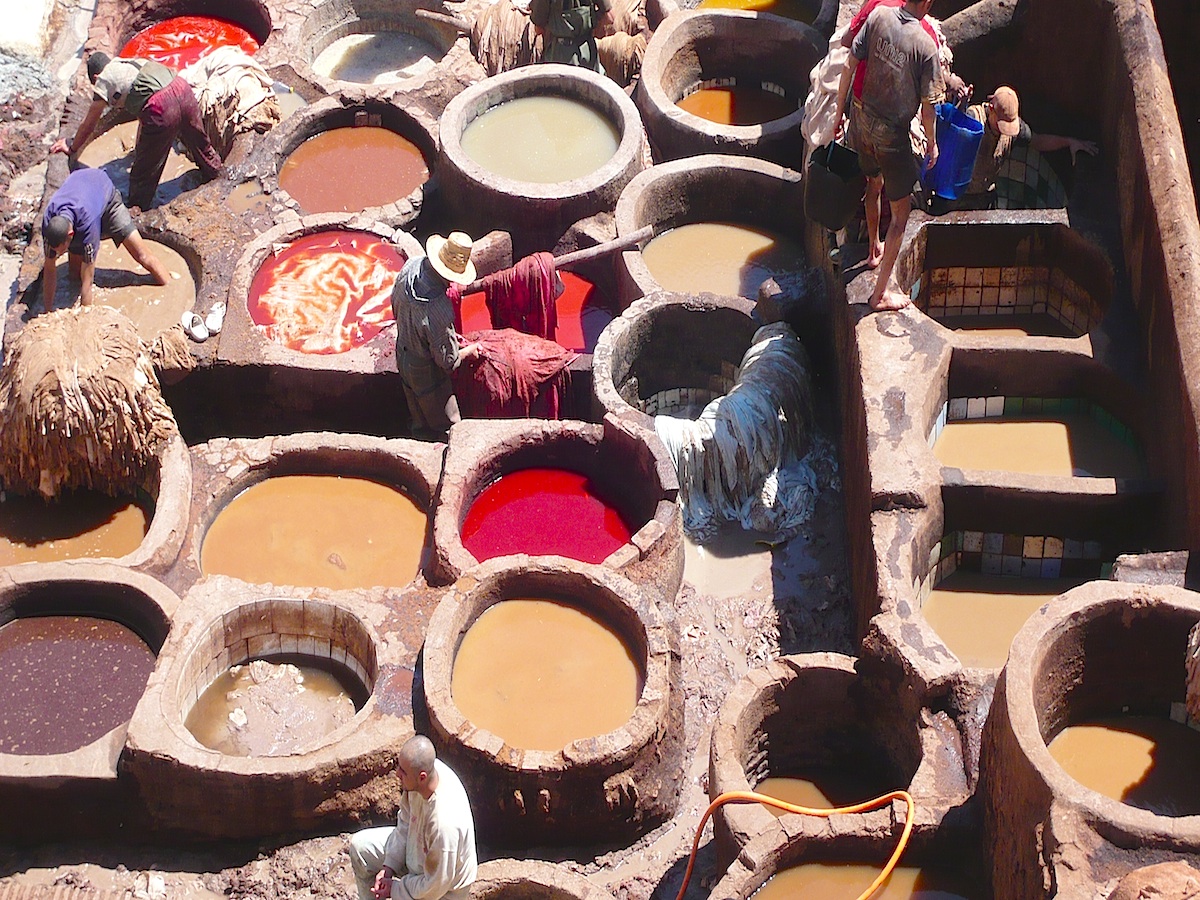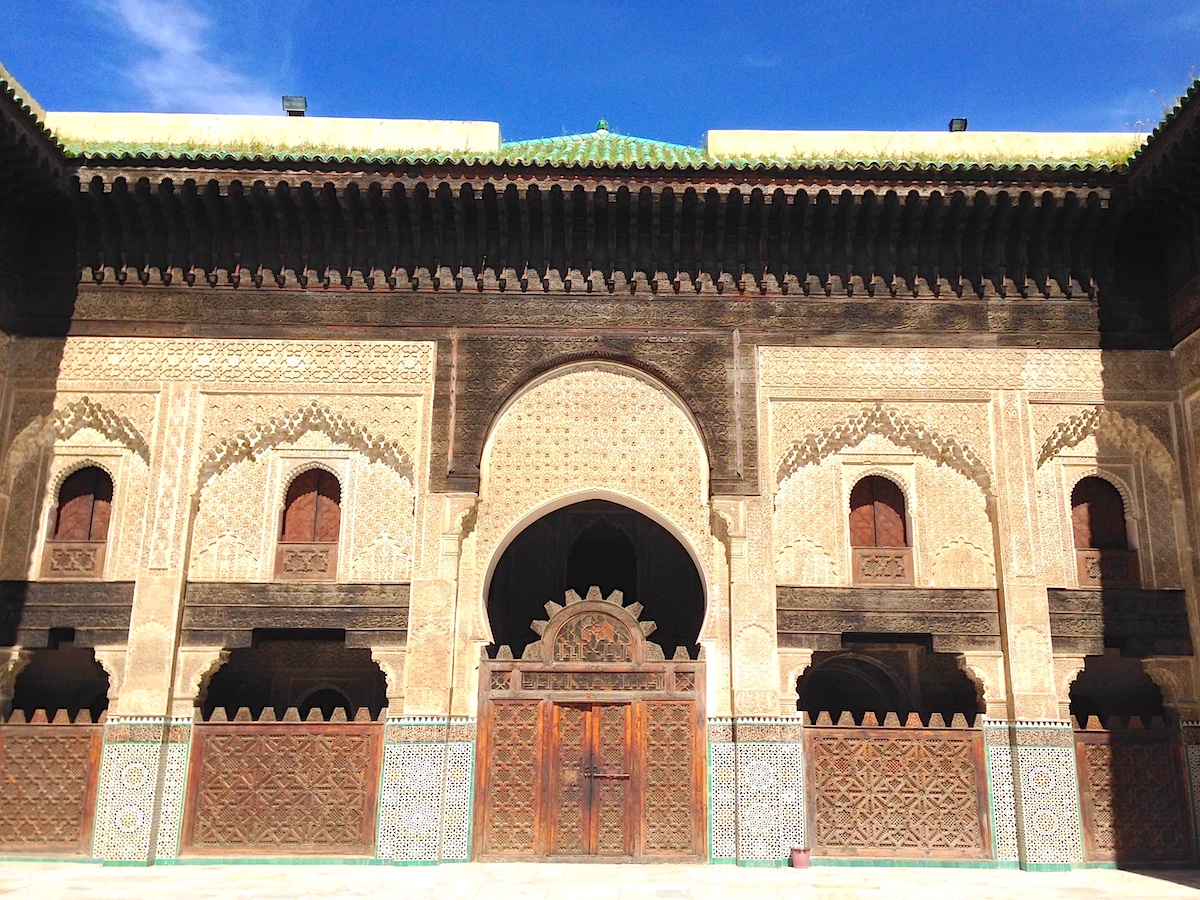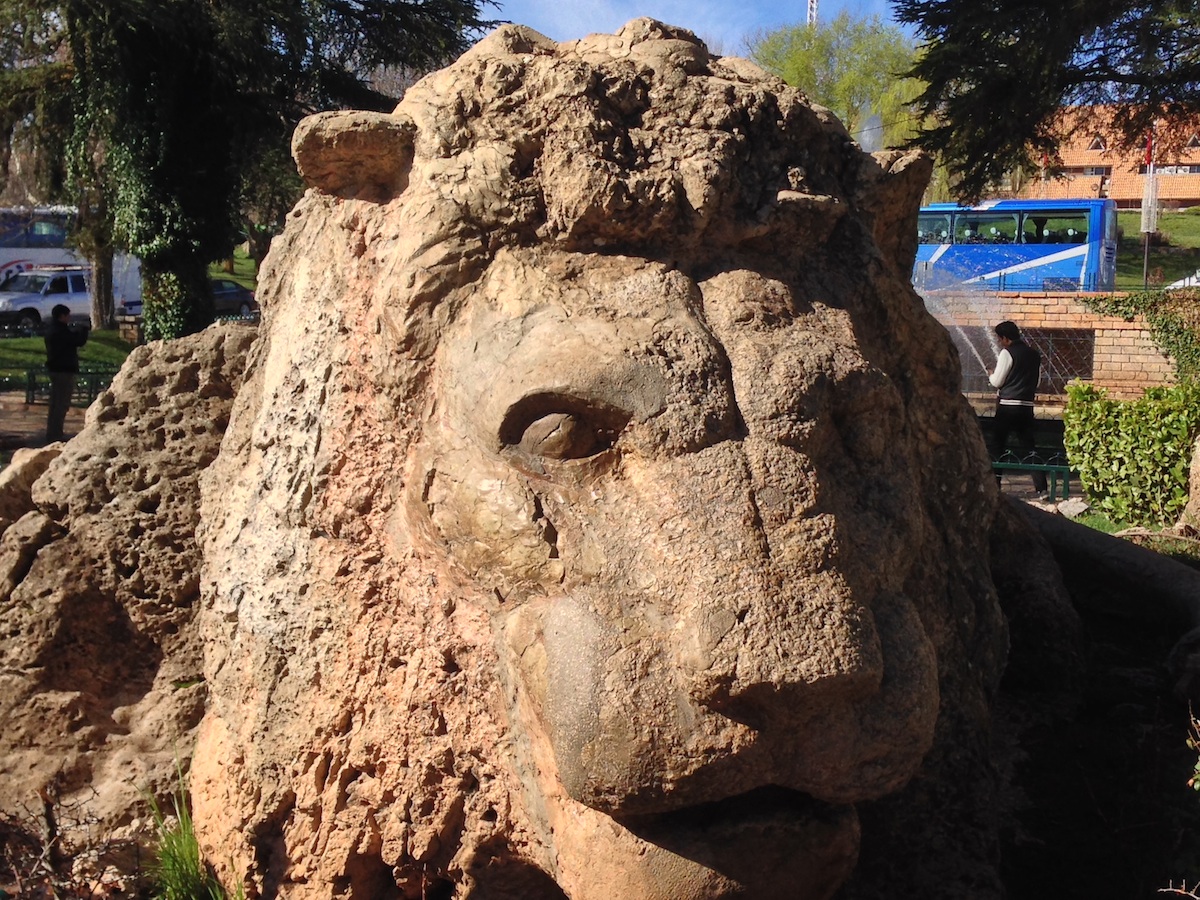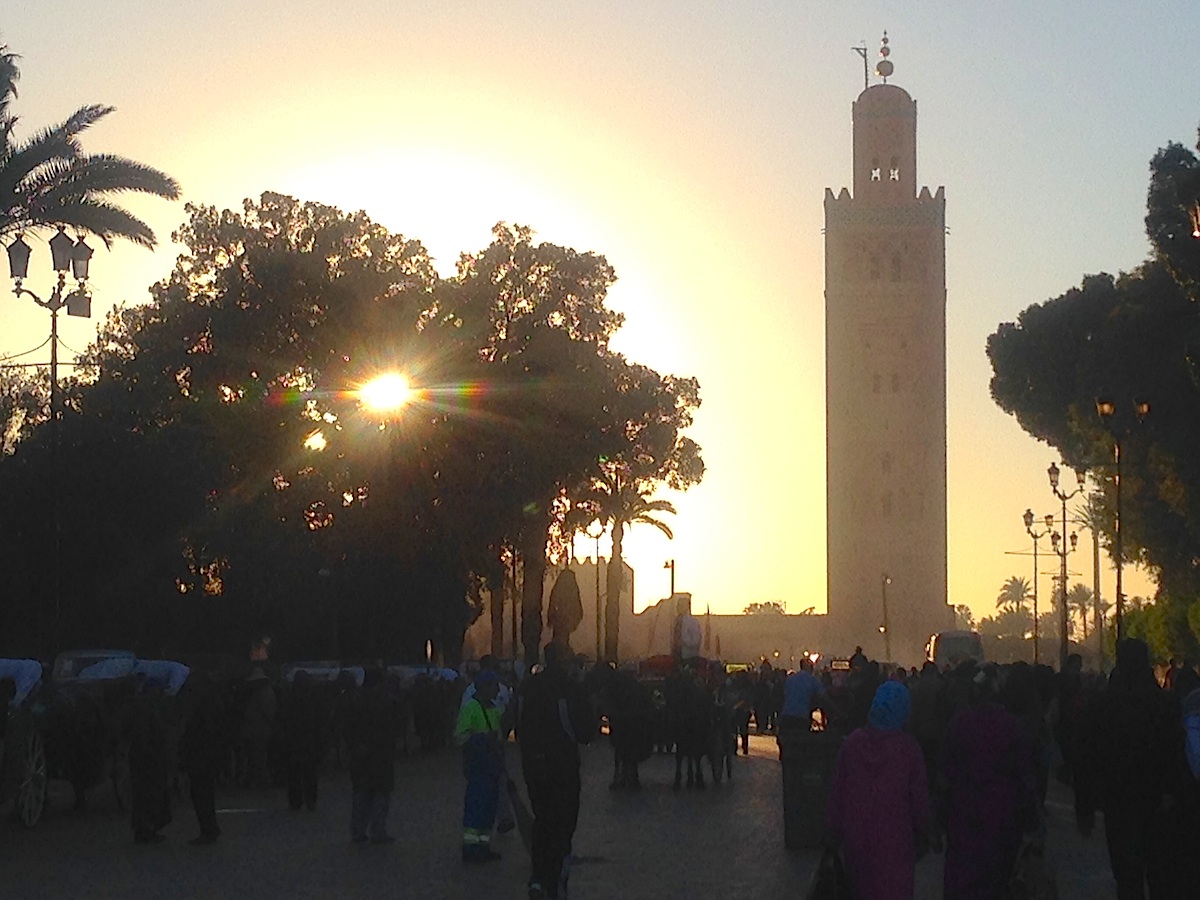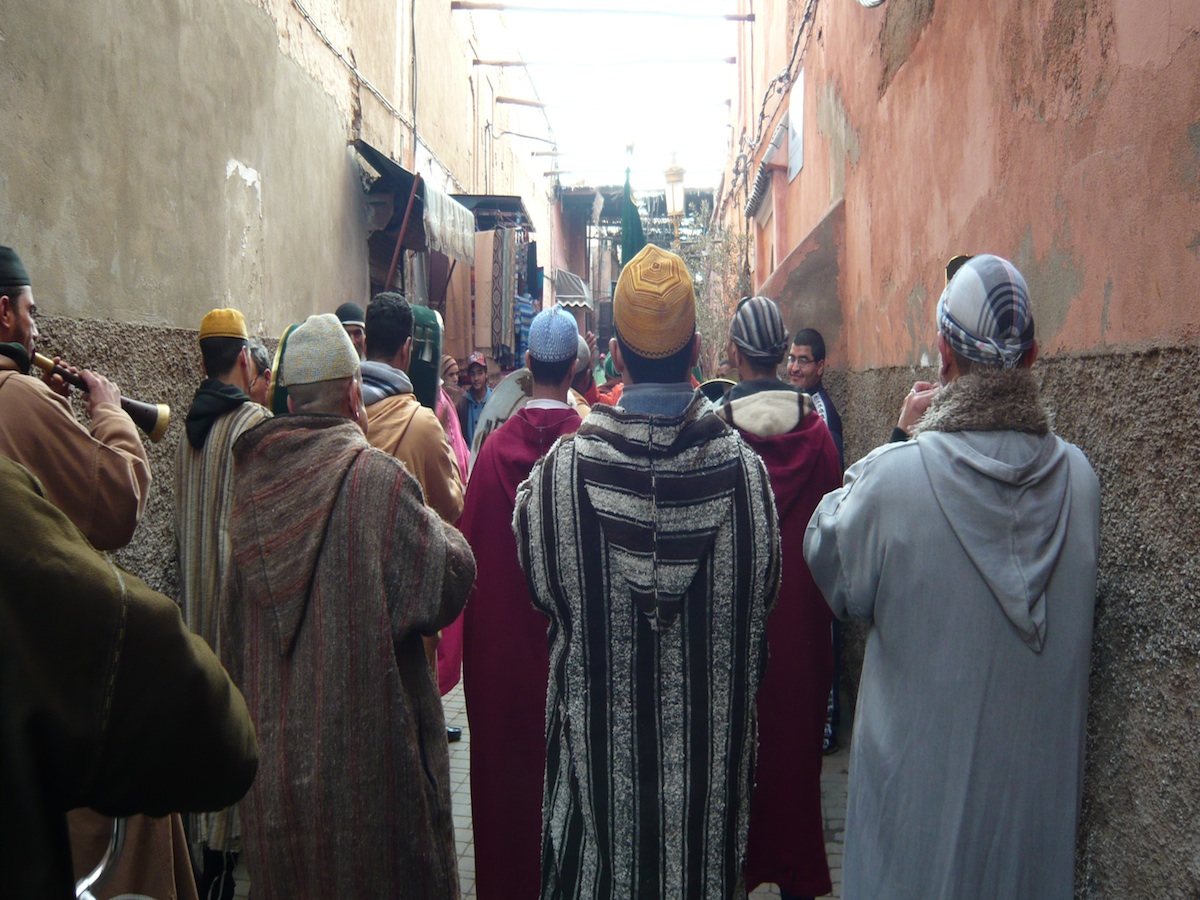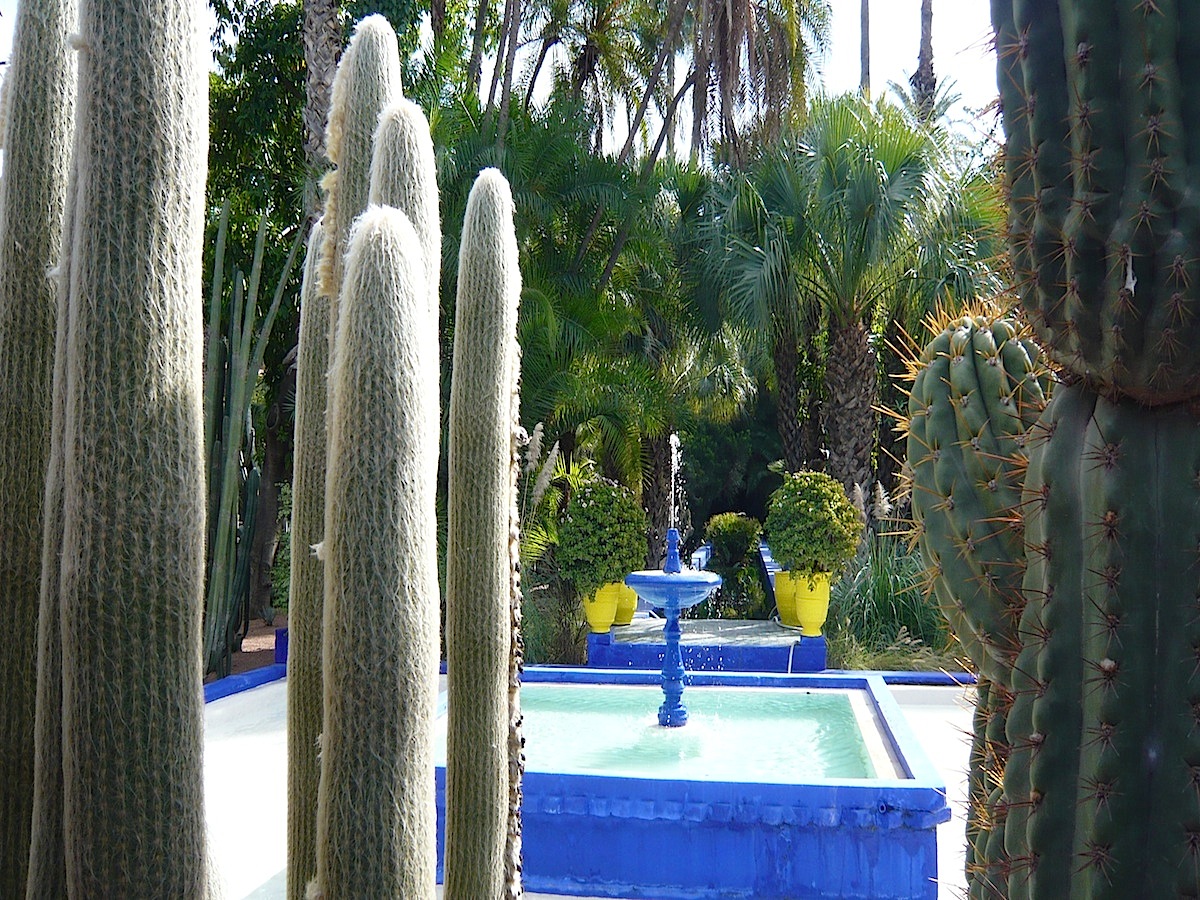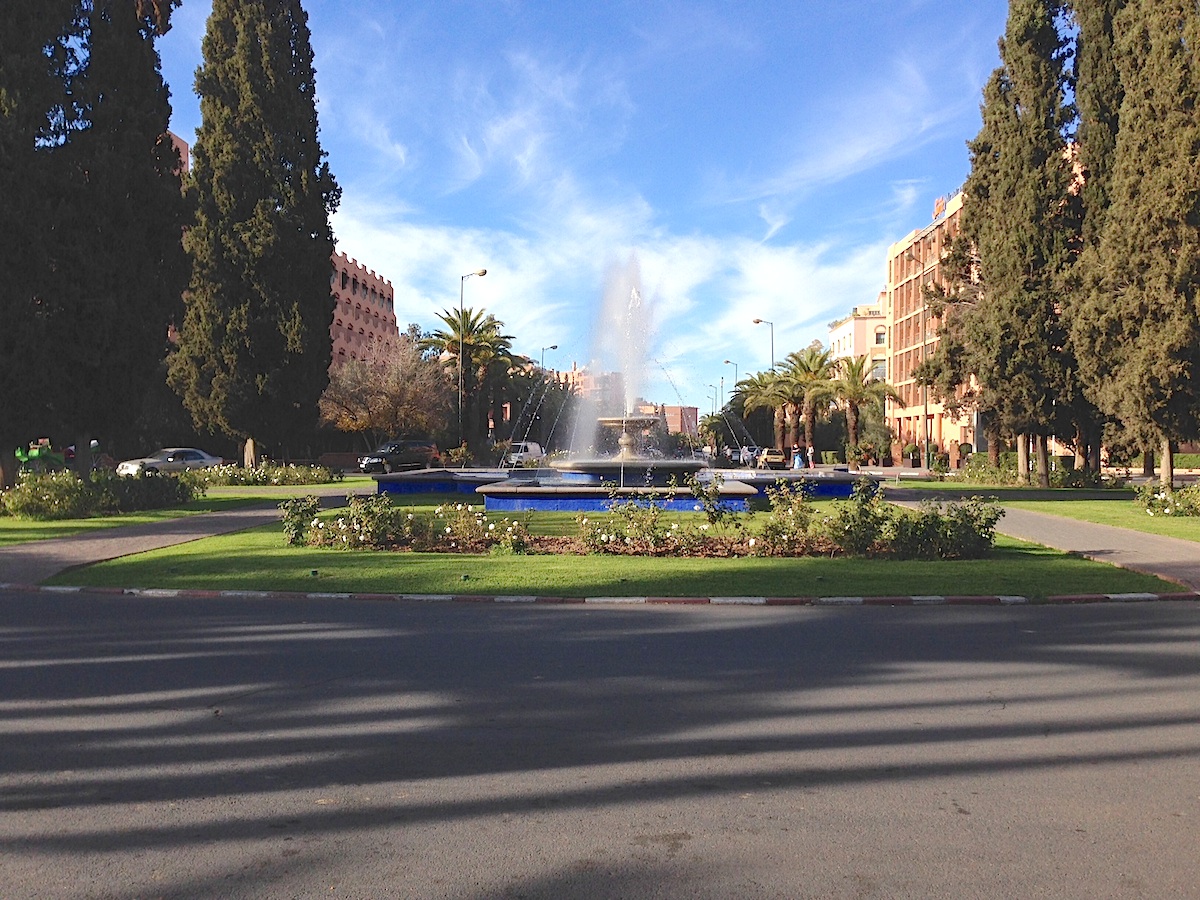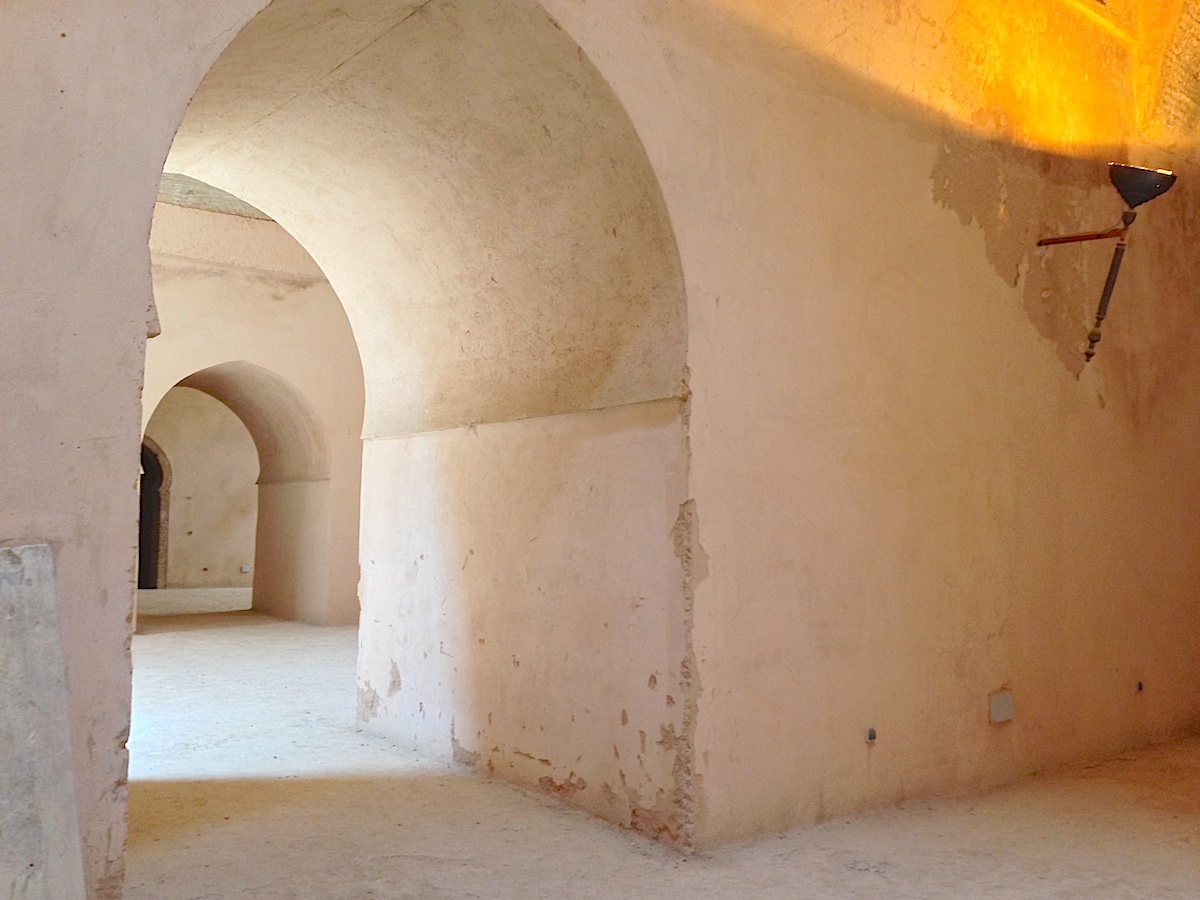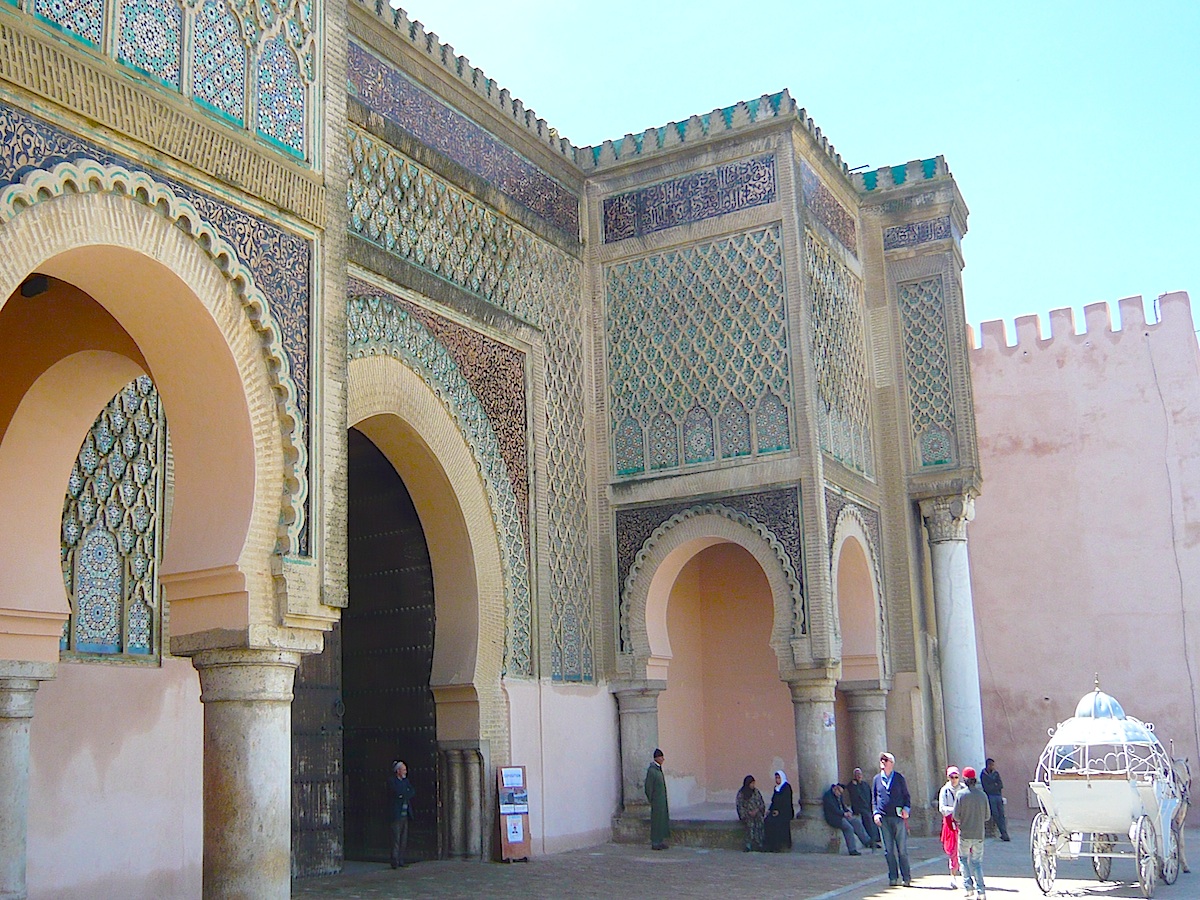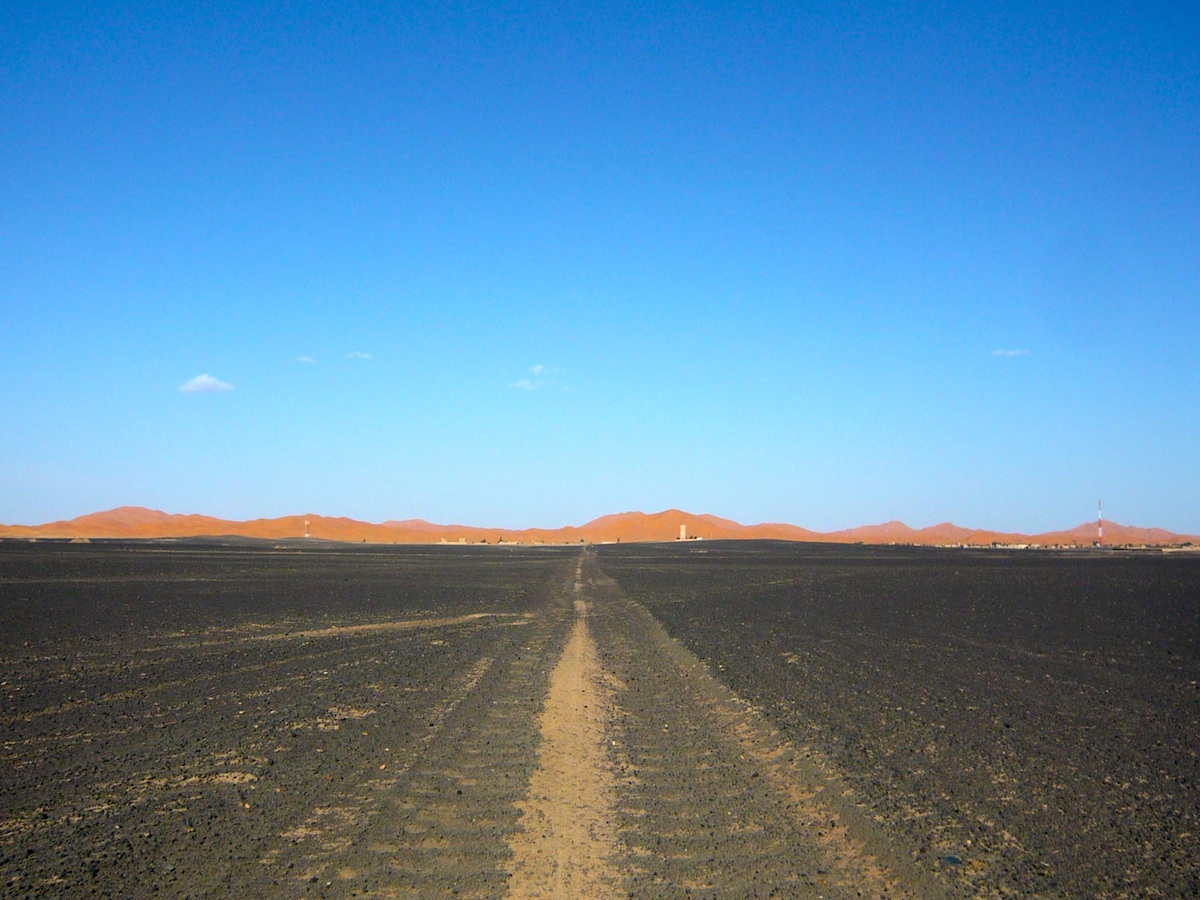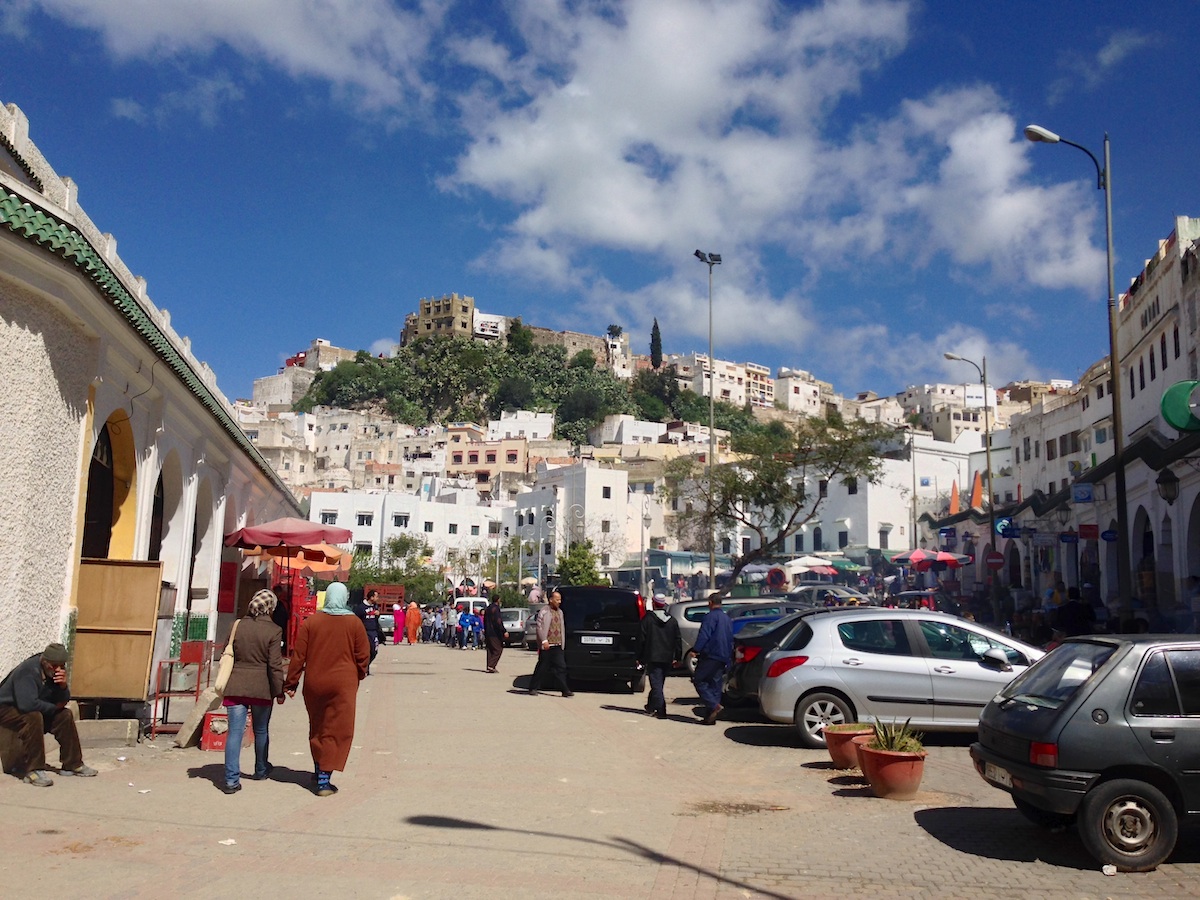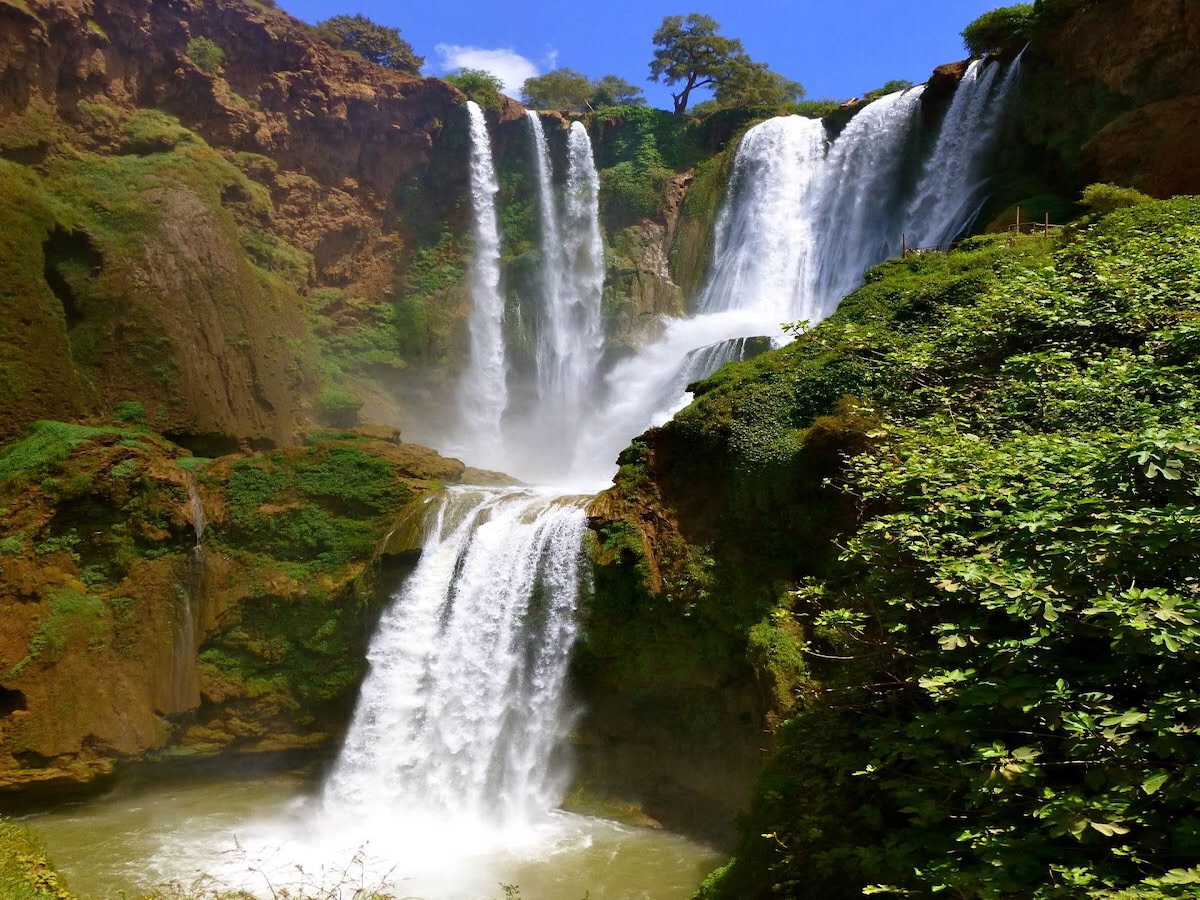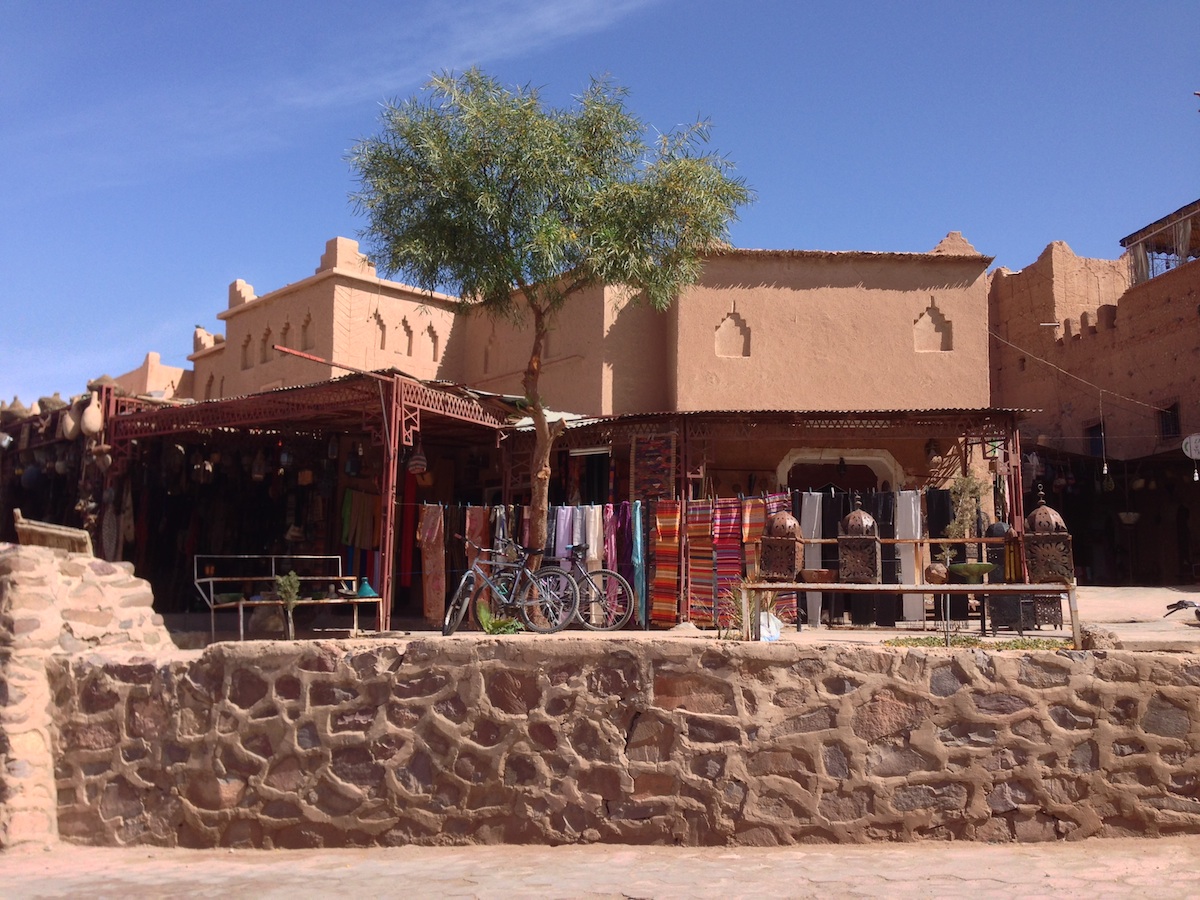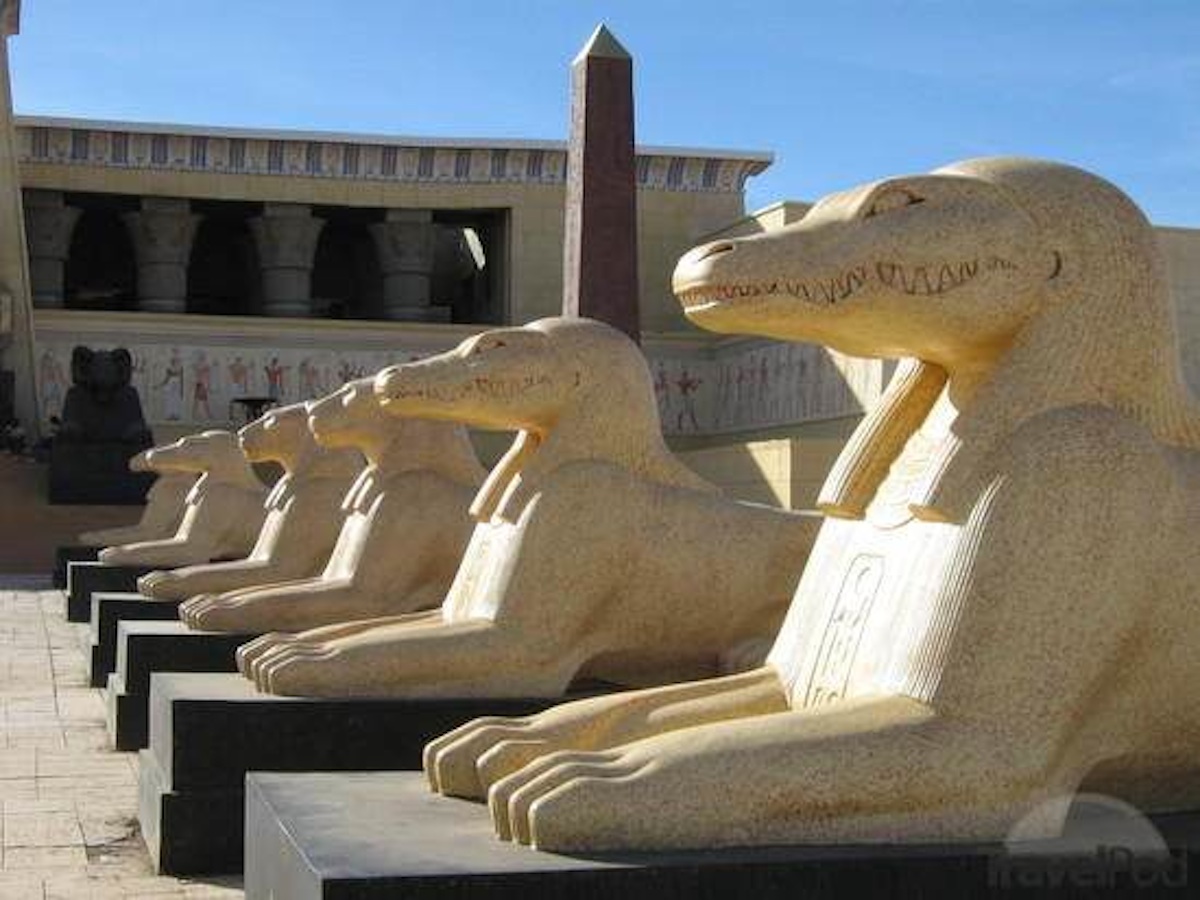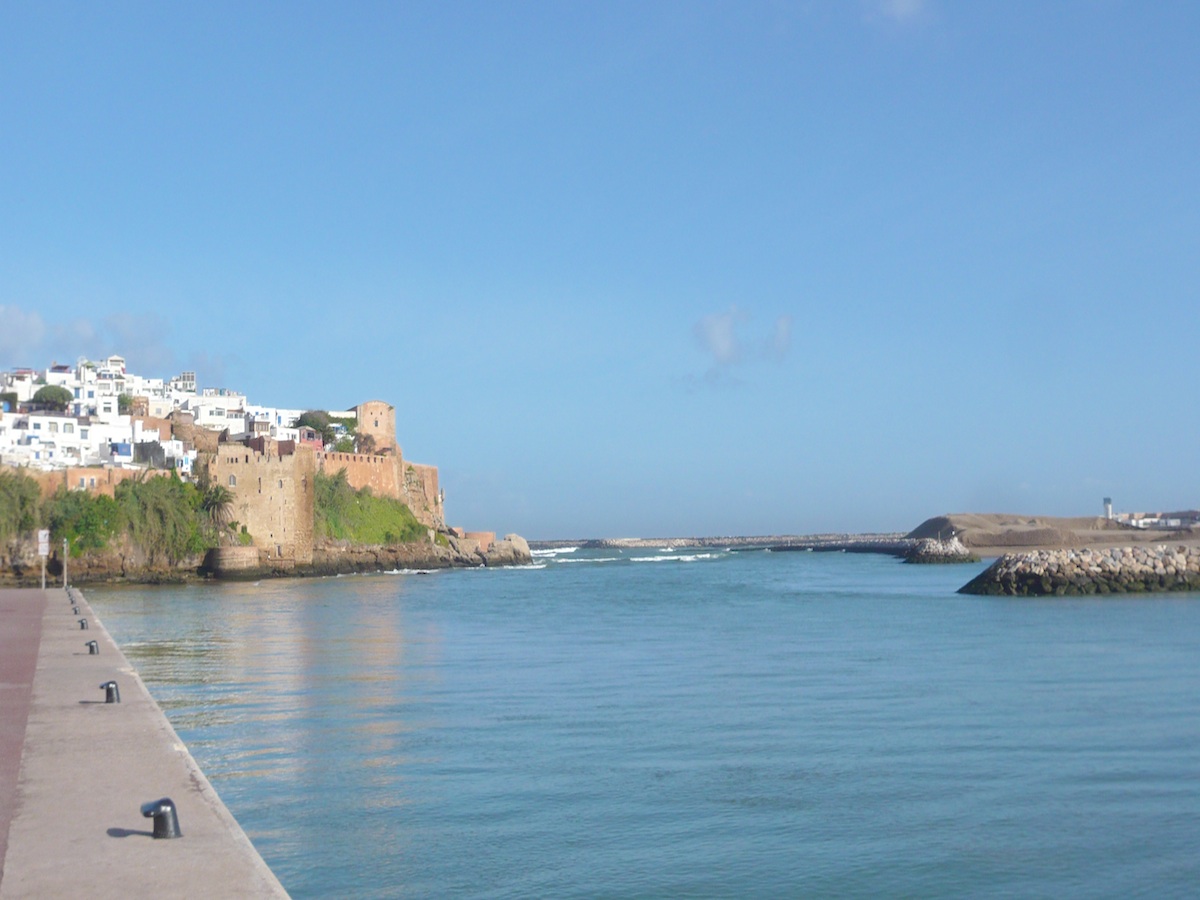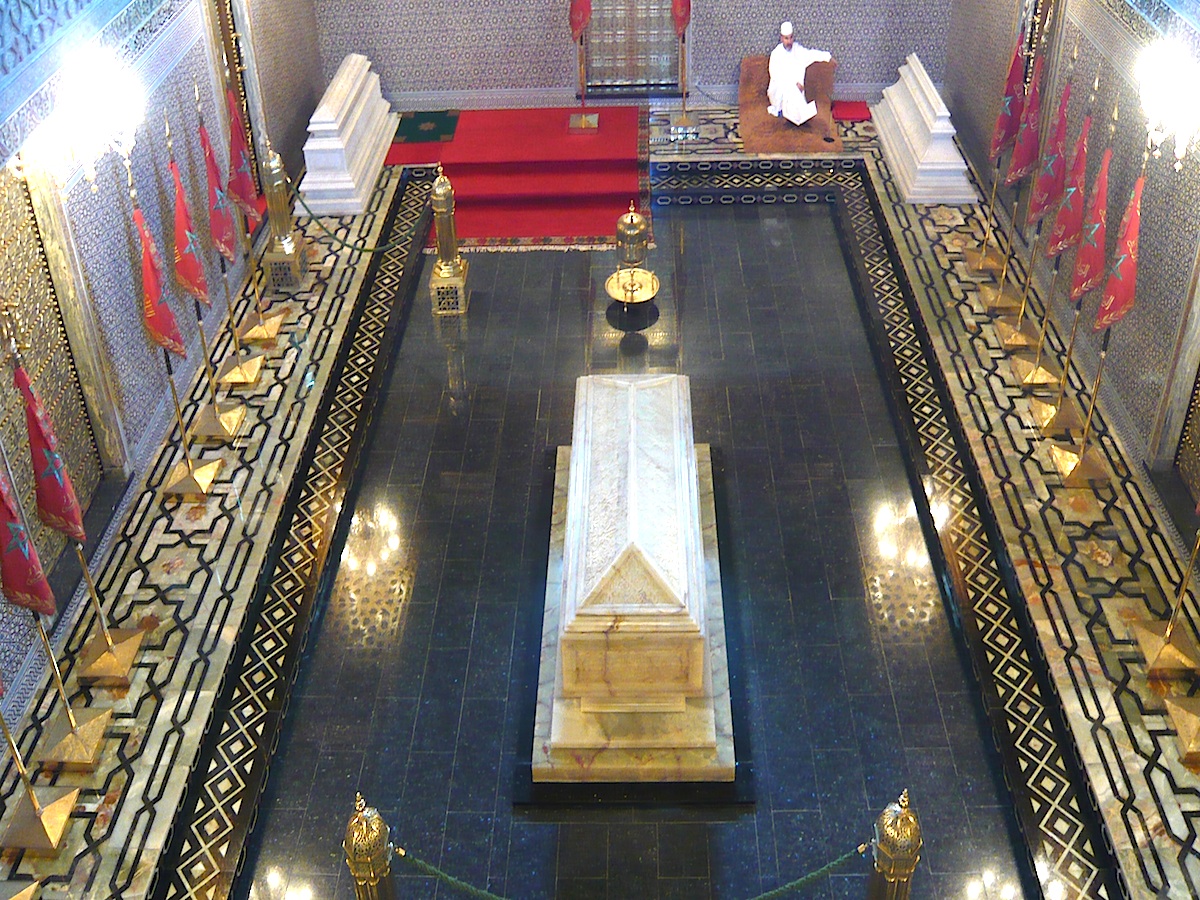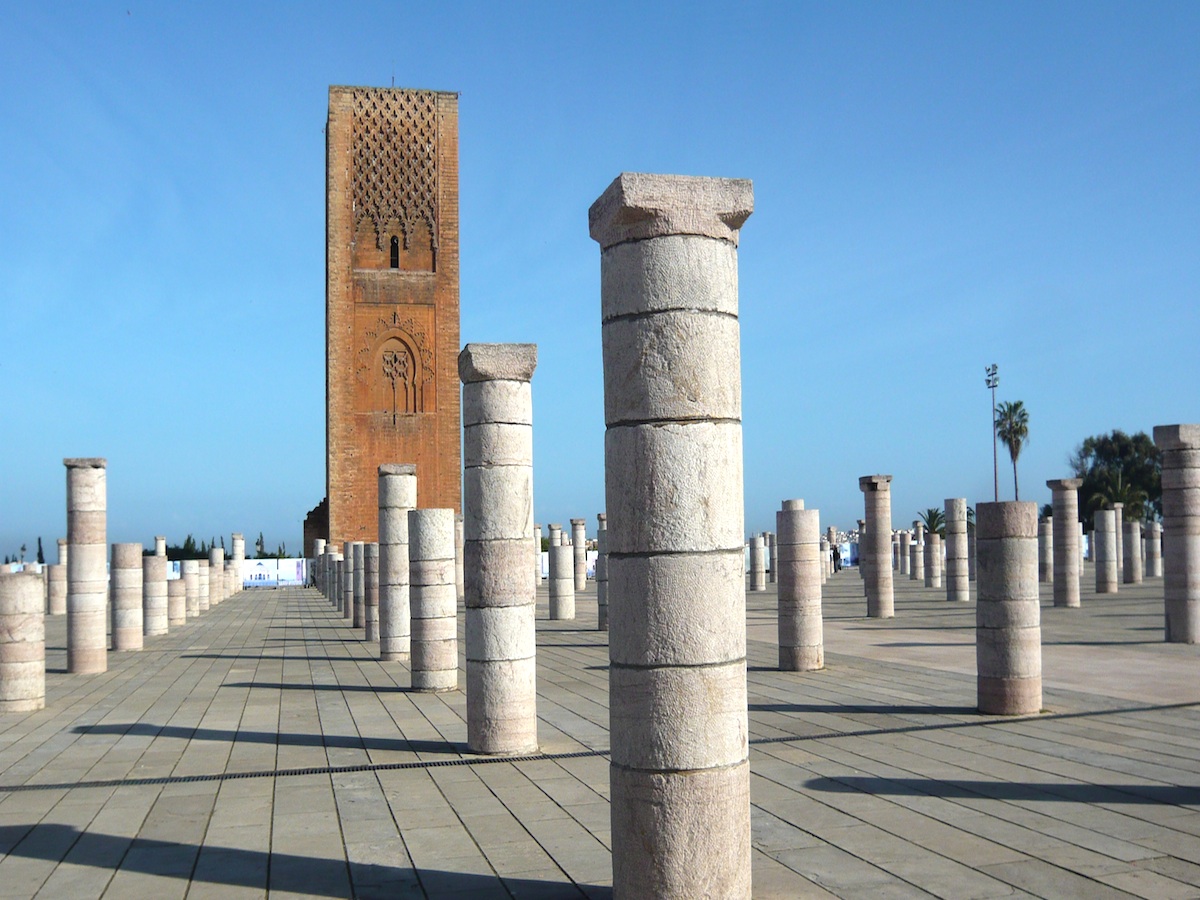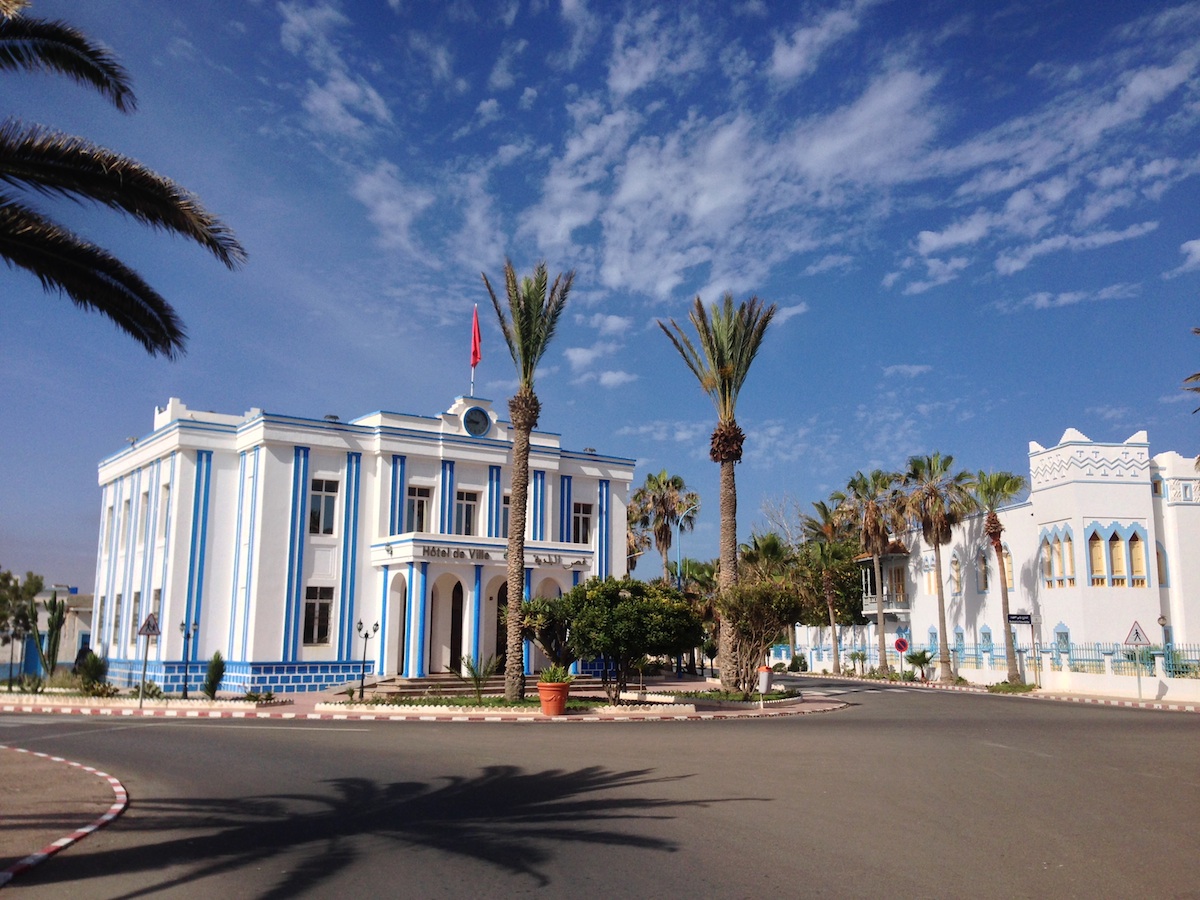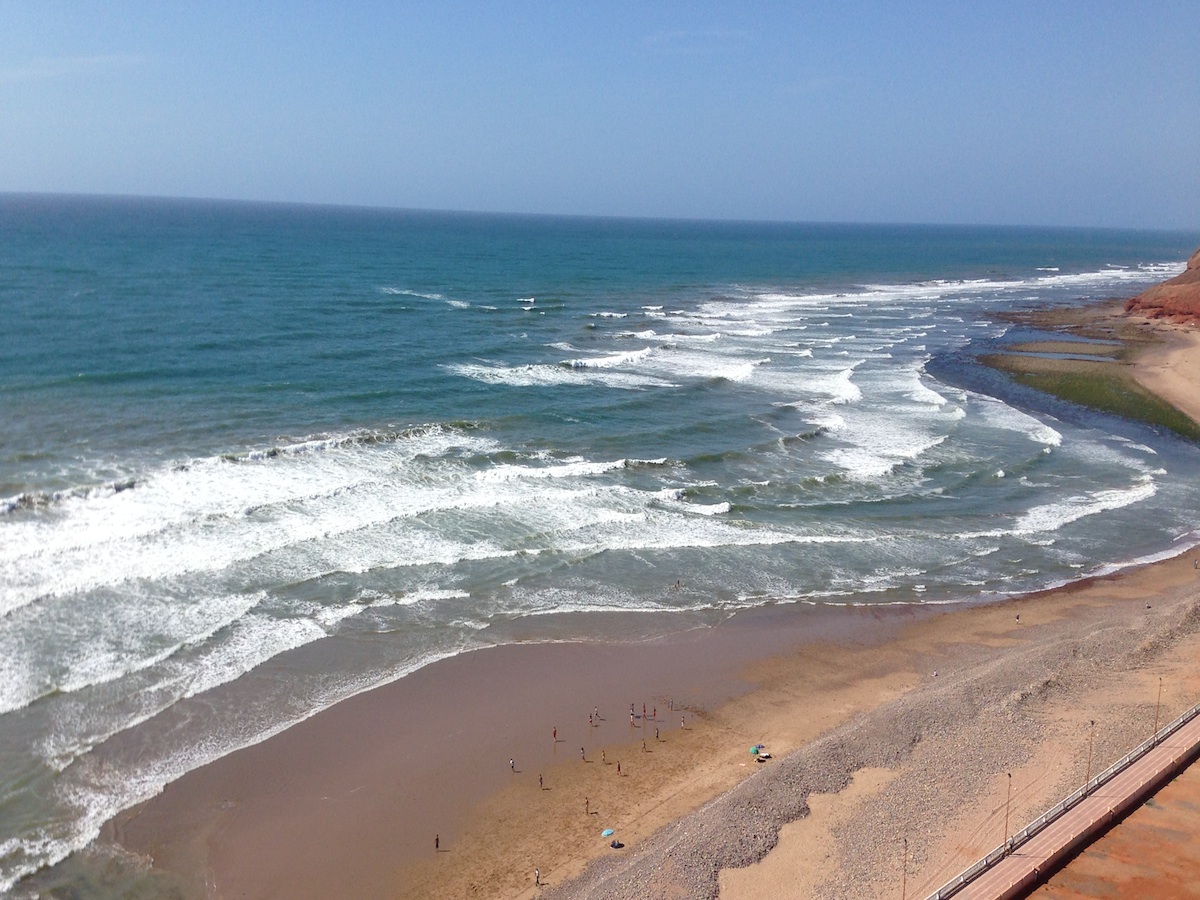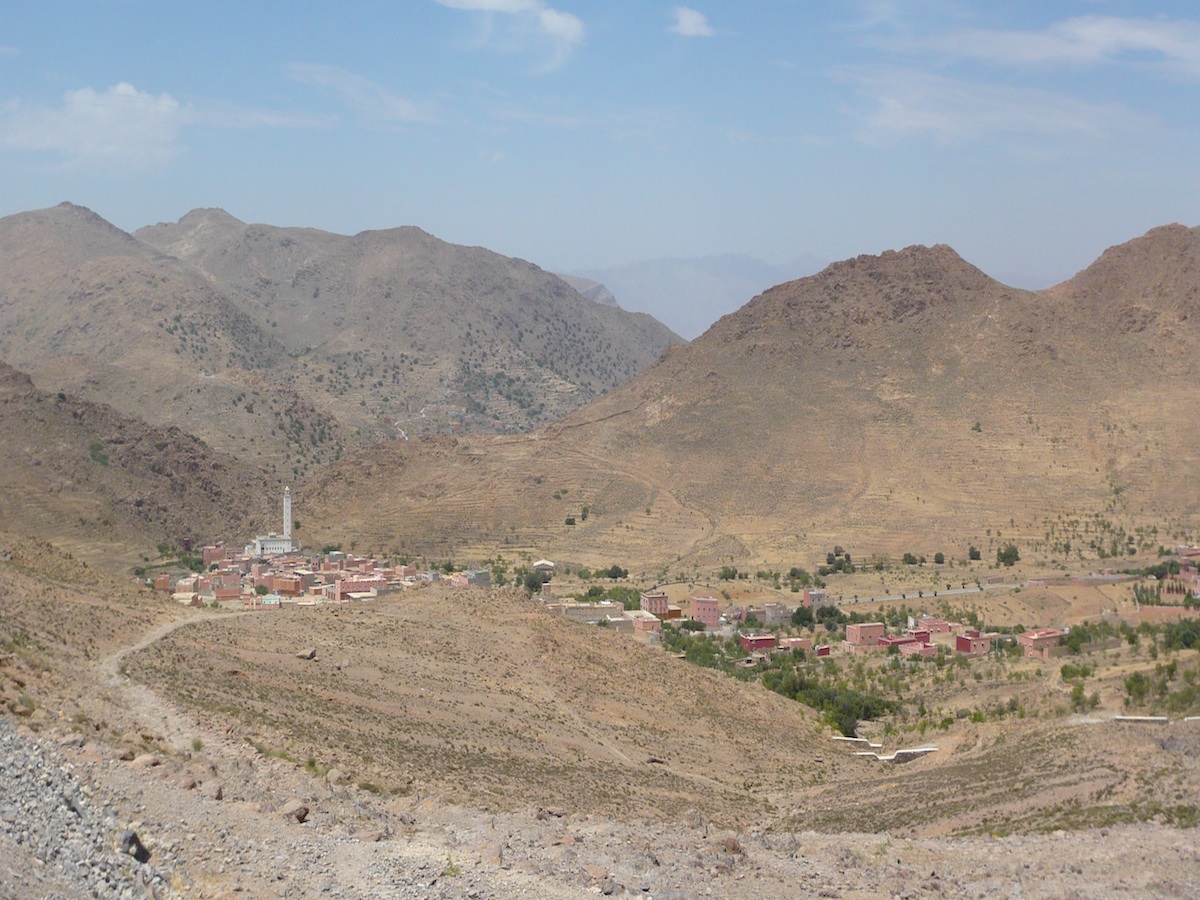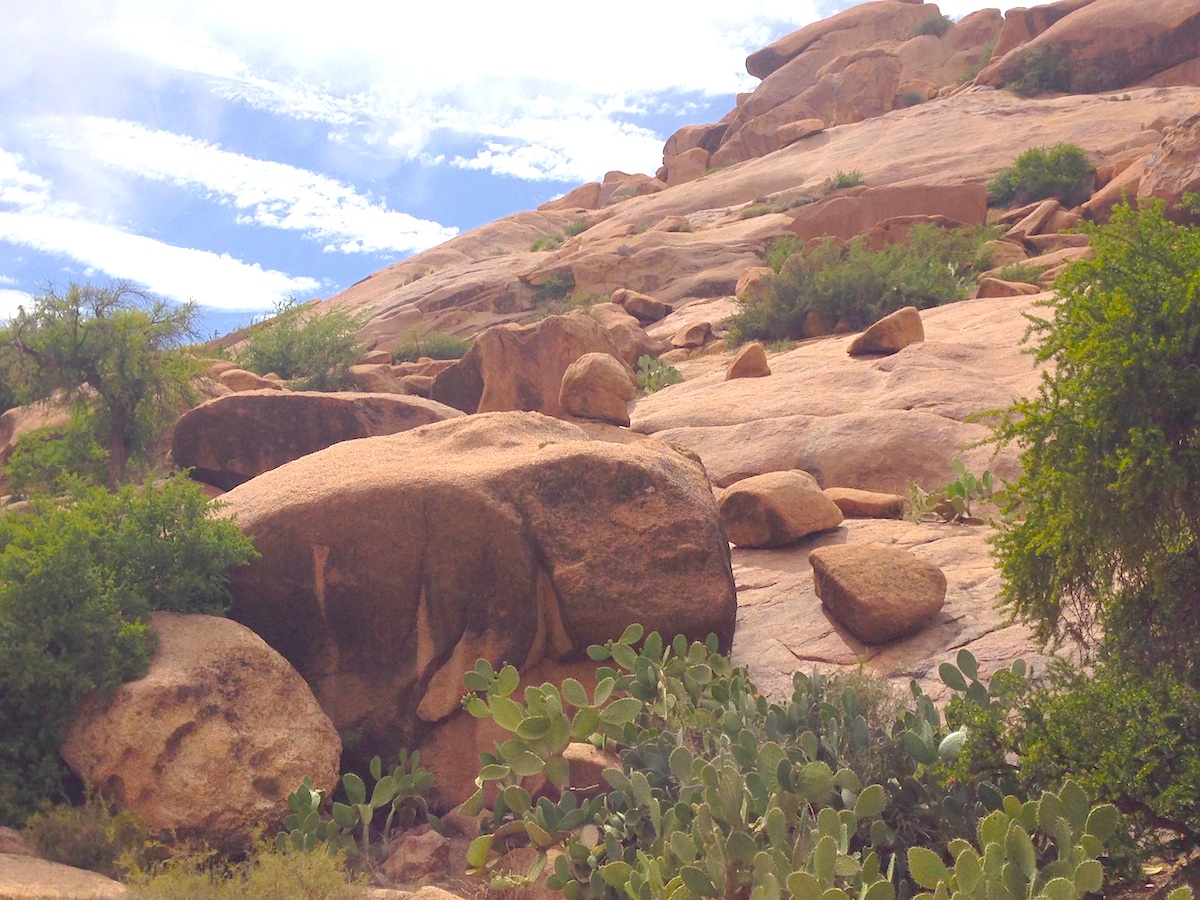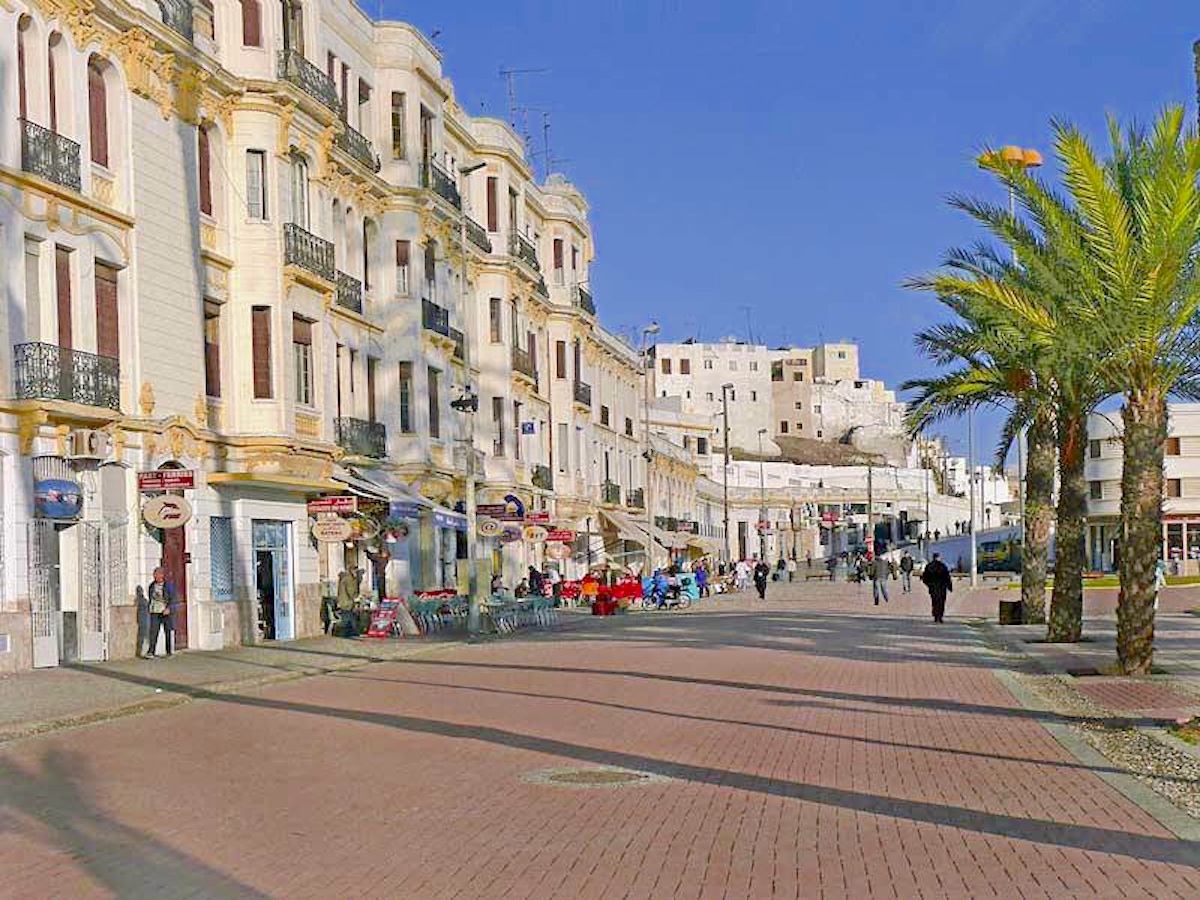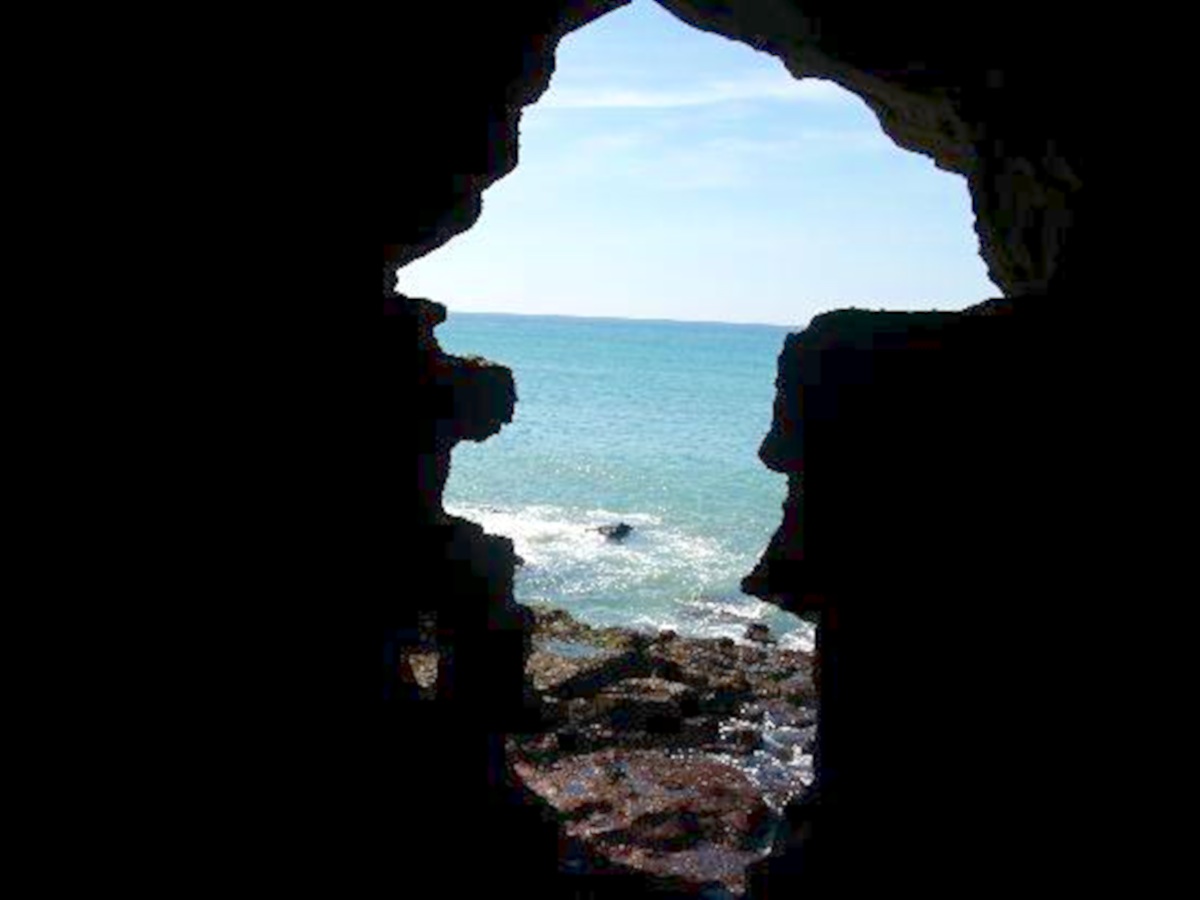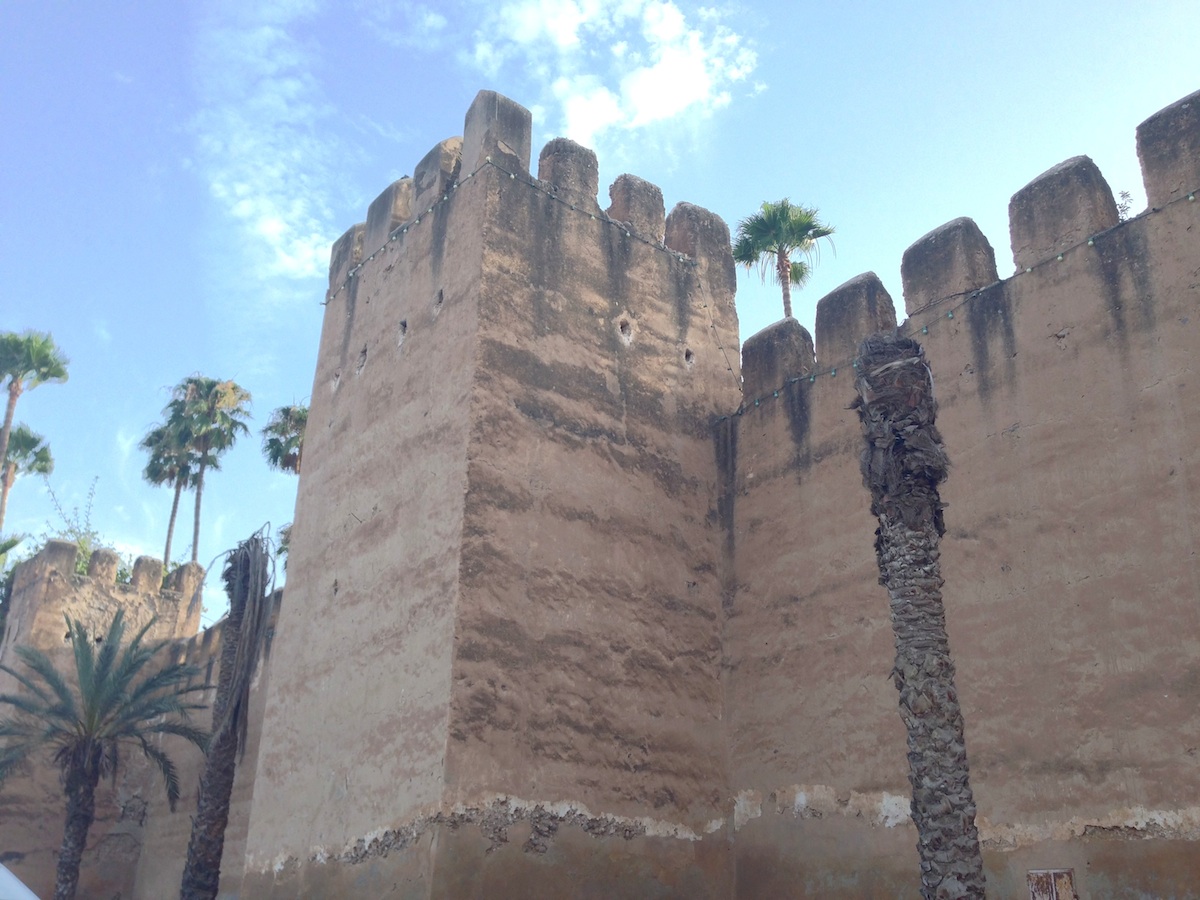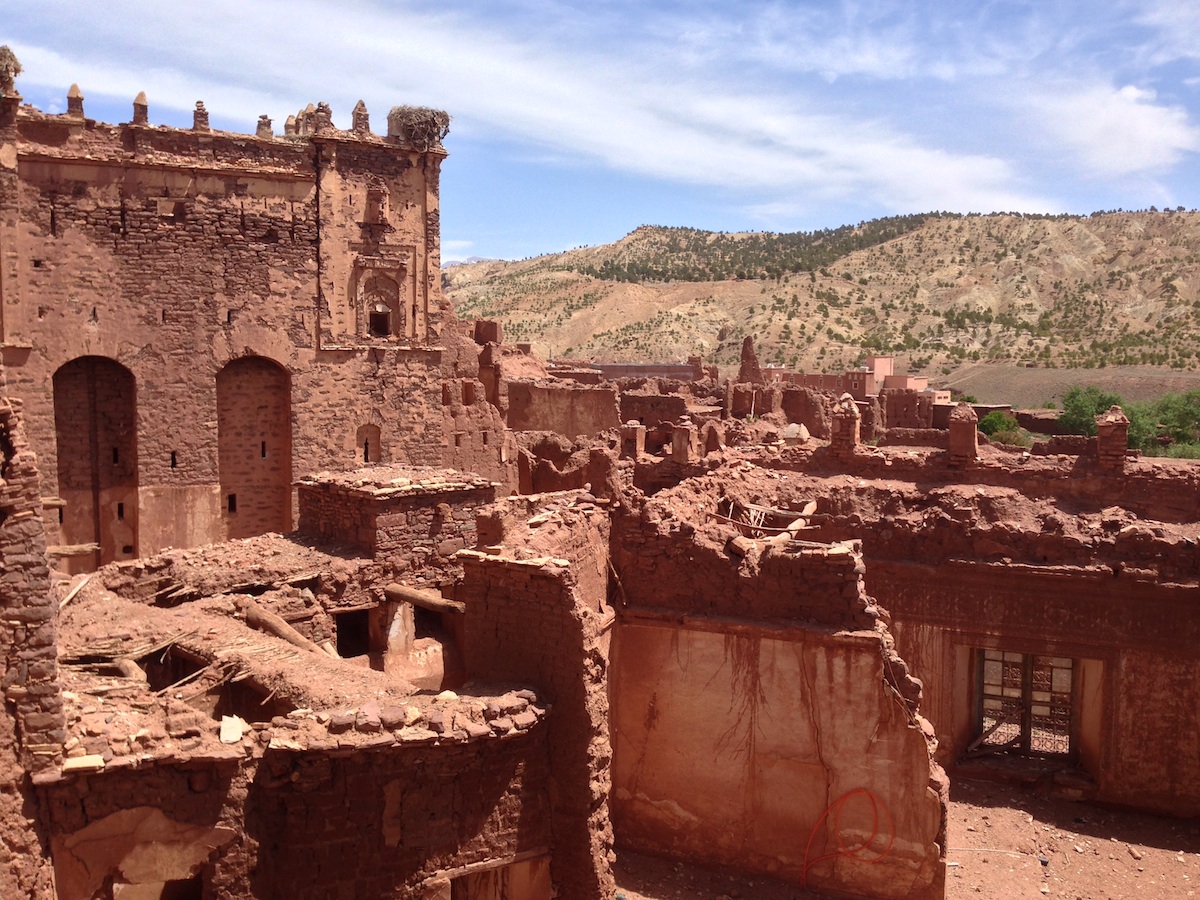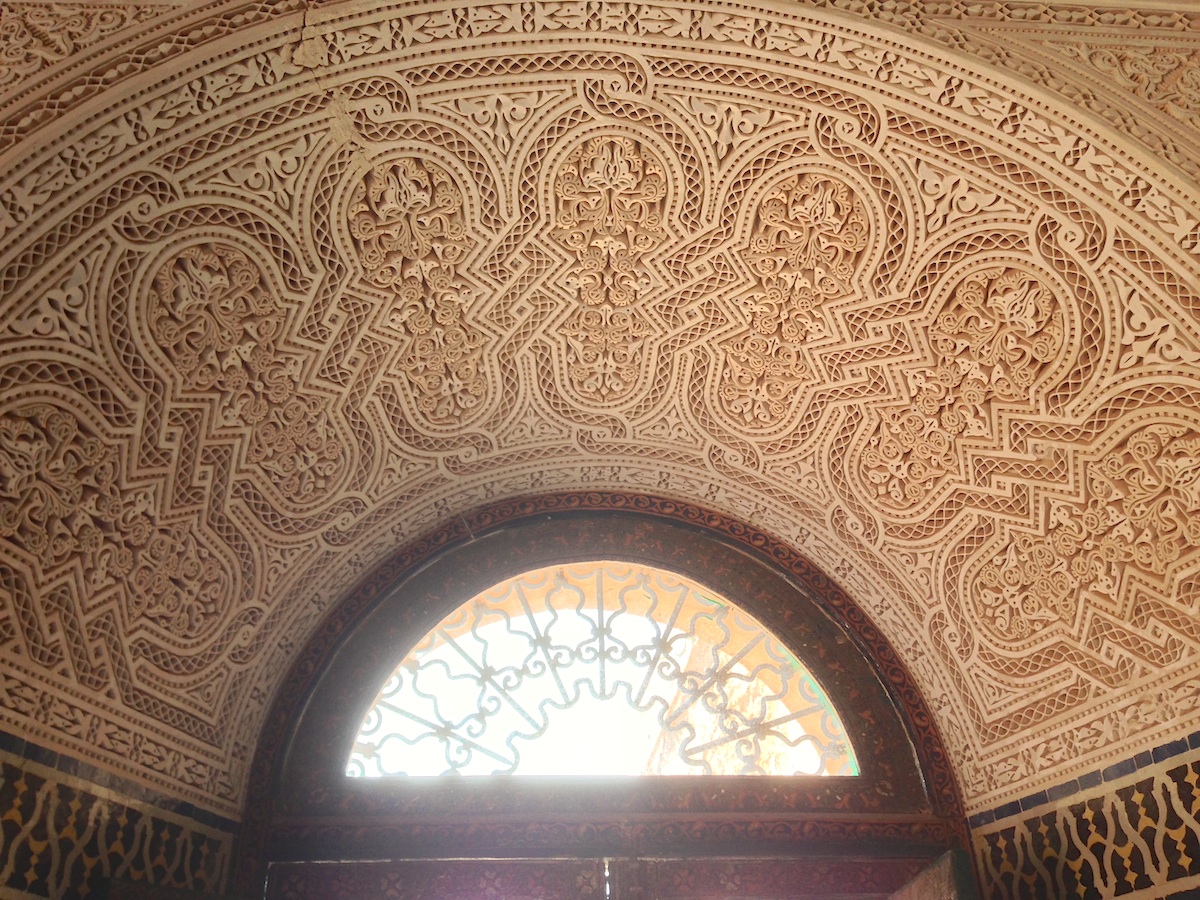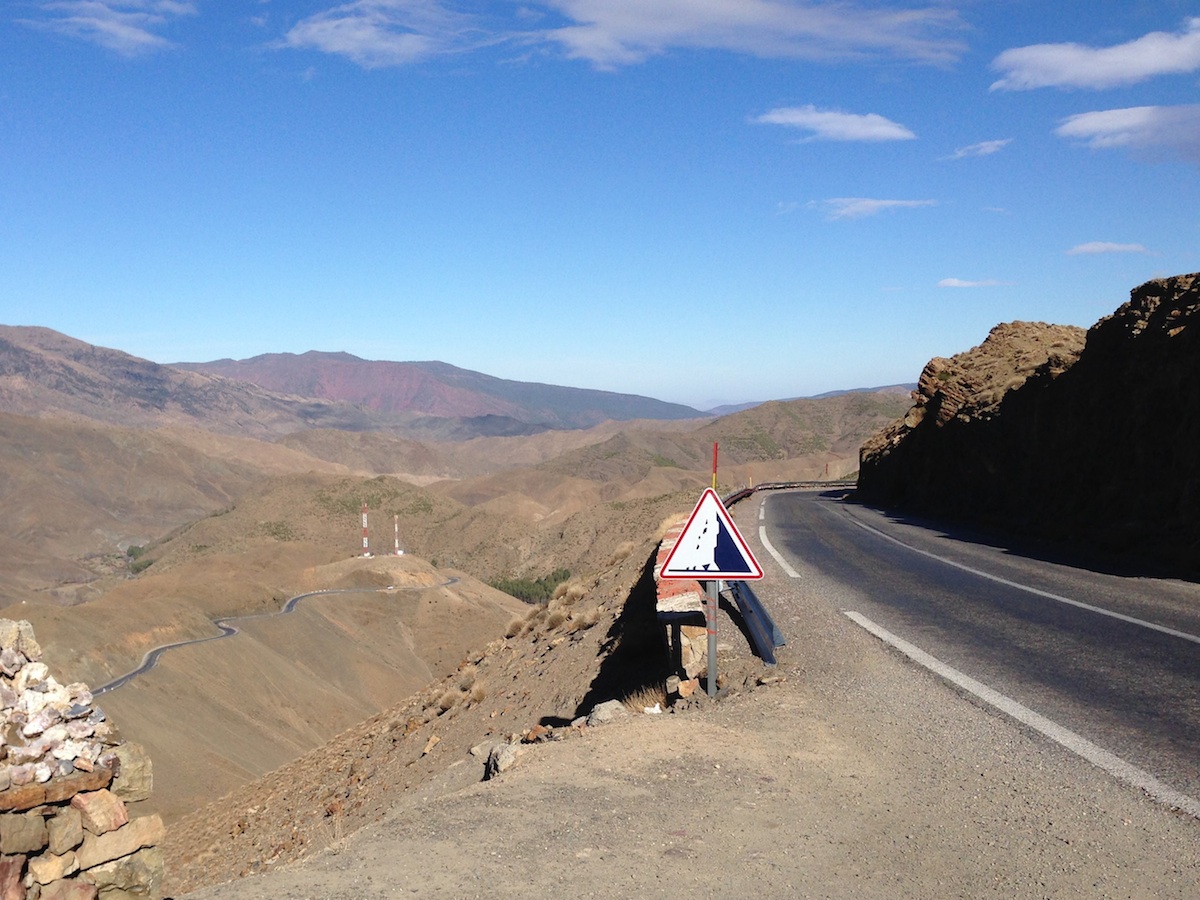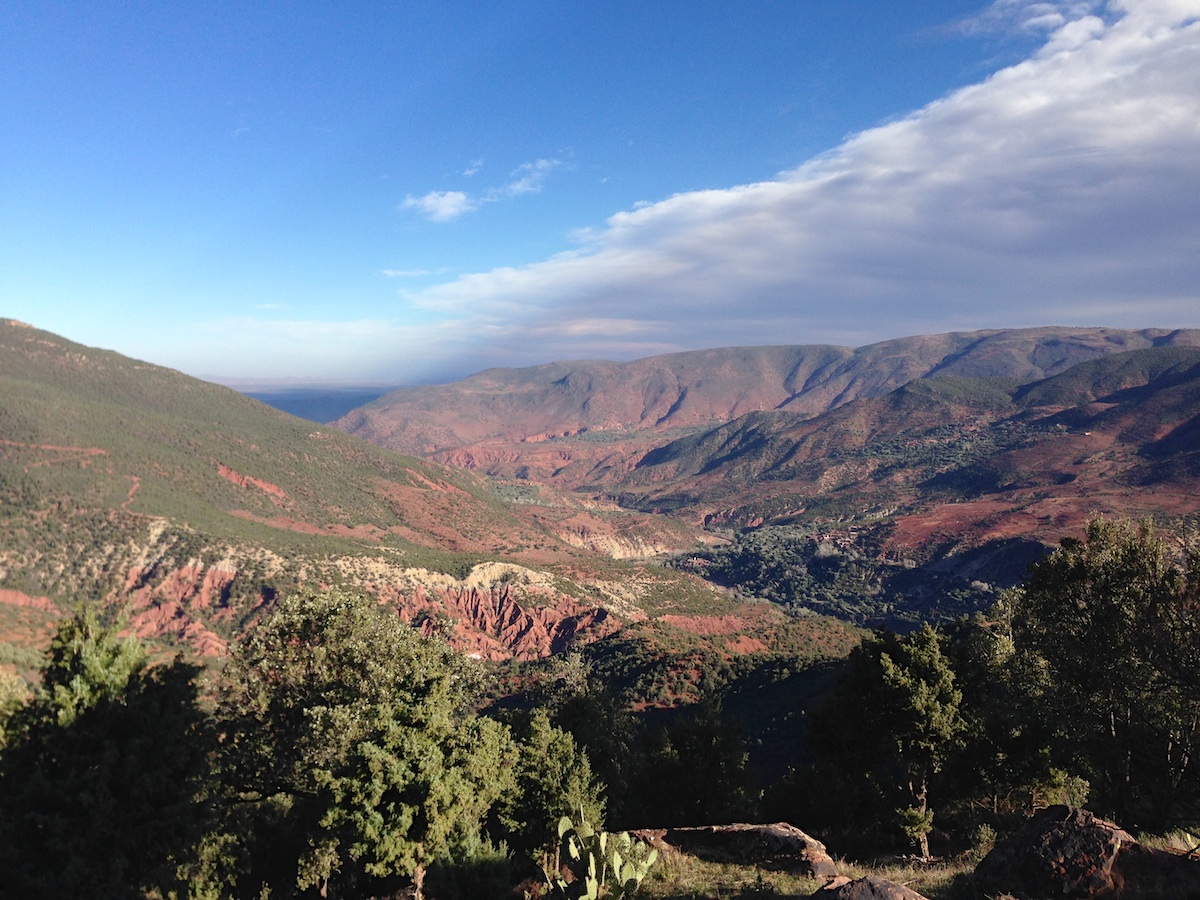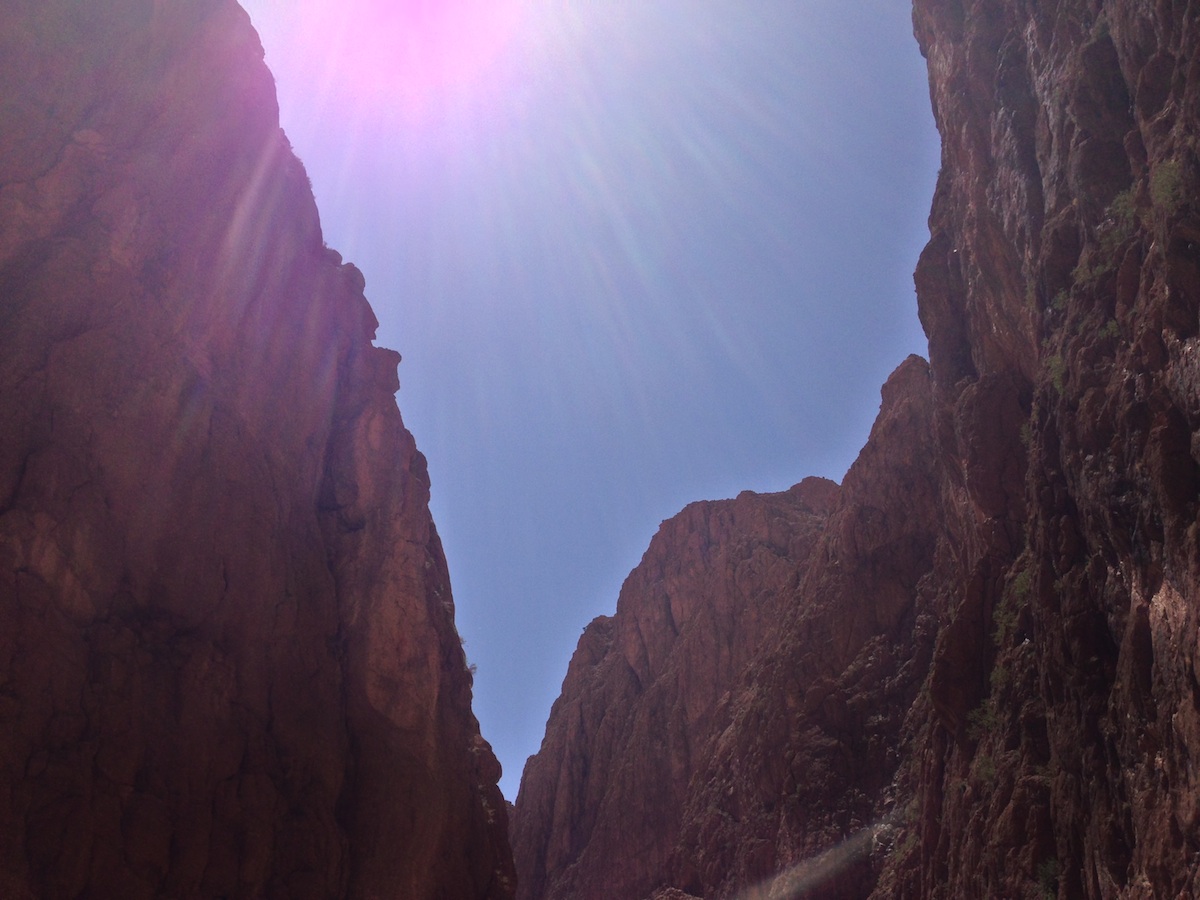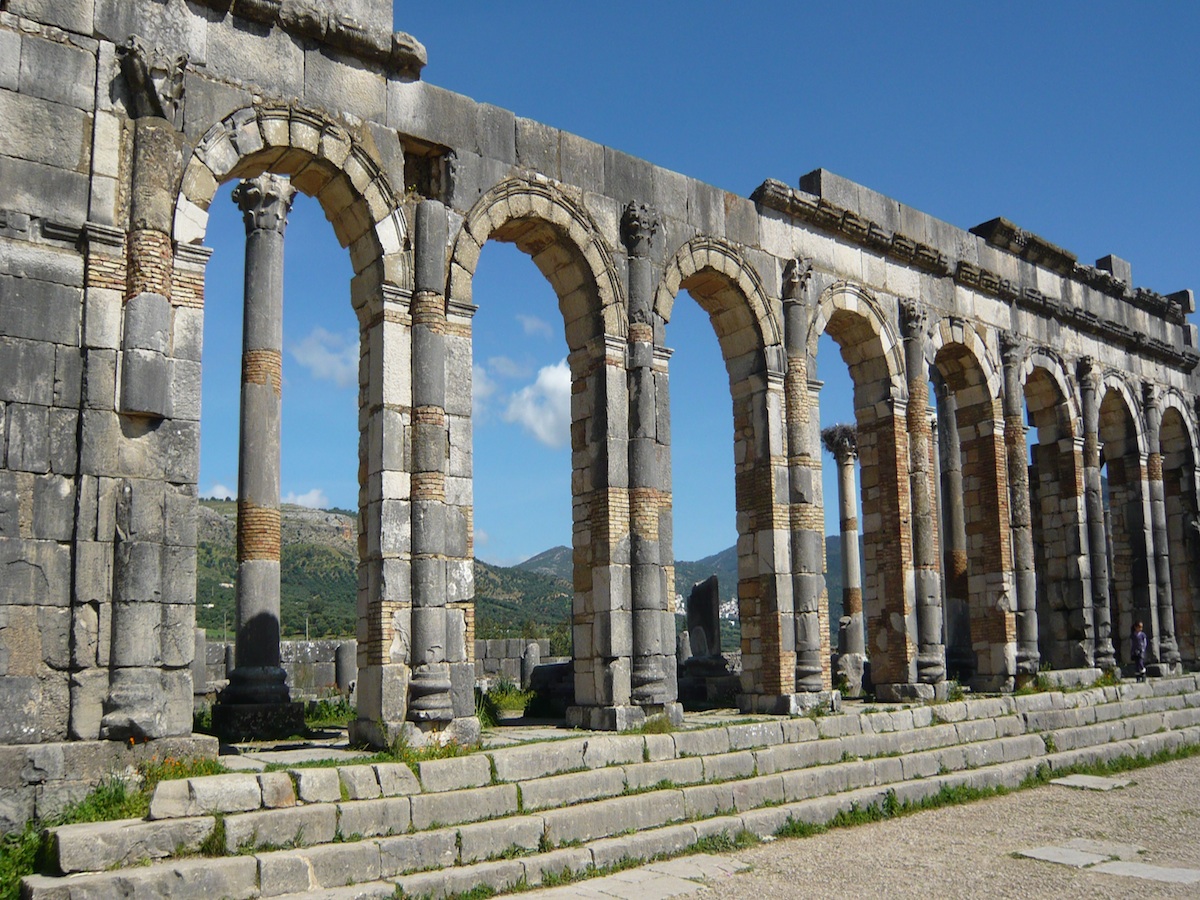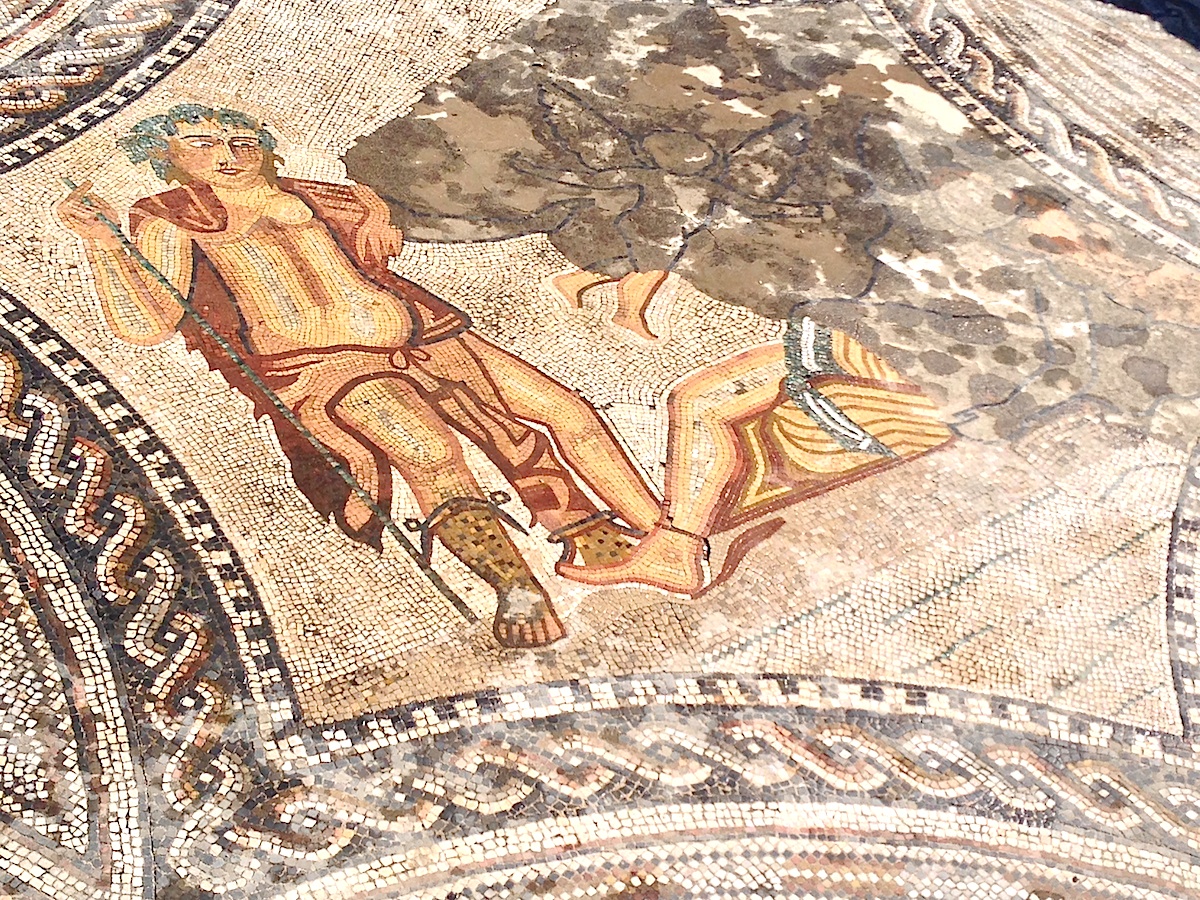Mystique, magic and mayhem. Marrakech has it all – and much, much more.
Here, the focus is truly on tourism and unless you are inside your riad or hotel you’ll find everything moves at a fairly fast pace. Whether crossing one of the busy roads in Gueliz new town to get to McDonalds (as a last resort!) or moving your hips and shoulders in a strange dance-like fashion to avoid oncoming mopeds and donkeys in the narrow alleyways of the souks.
But, that’s all part of the fun of Marrakech, Morocco’s fourth largest city.
For locals and tourists alike, the city’s two most well known landmarks are the minaret of the Koutoubia Mosque (visible from across the city) and the adjacent Jemaa el-Fnaa square. The latter is not only a UNESCO World Heritage Site but also the largest market square in Africa.
In its darker days, Jemaa el-Fnaa was a centre for public beheadings. Nowadays it is brimming with life in a mass of colour, intrigue, noise and excitement with storytellers, snake charmers, musicians, acrobats and stall holders all vying for your attention – and, dare we say, money!
The square has an incessant buzz about it throughout the day and there’s no better place to take it all in than from one of the terraces of the many cafés around the perimeter. But as the sun goes down it takes on a different mantle as a small army emerges from the shadows to build an array of field kitchens. Dinner is about to be served and enjoyed – Marrakech style!
Not far from the intensity of Jemaa el-Fnaa, you can explore another dimension to the rich heritage of Marrakech. Little remains of the Badi Palace but the Bahia Palace, dating from the late 1800s offers an insight into the opulent lifestyle of a former Grand Vizier of Marrakech accompanied by his wives, concubines and children.
Also within walking distance of the Square are the 16th century Saadian Tombs where some 60 members of the Saadi Dynasty are interned. The mausoleum remained hidden for years until being rediscovered by aerial photography in 1917.
For a truly different Marrakech experience, take a trip to the Jardin Majorelle in the new town area of Gueliz. Walk through the entrance and it’s like stepping into a calm oasis of peace and colour, which seems totally removed from the intensity of life outside.
Created by French artist Jacques Majorelle, the gardens were first opened to the public in 1947 to relieve some of his financial burden of the upkeep. During the 1960s, Yves Saint Laurent and lifelong friend and business partner Pierre Bergé became frequent visitors. They became so enamoured with the gardens and its buildings that in 1980 they purchased Jardin Majorelle to prevent it being razed to the ground and the plot transformed into a hotel complex.
The gardens also contain a Berber museum, converted from the studio of the late artist, which provides a fascinating insight to the creativity and skills of Berber tribes in making clothing, jewellery and other artefacts. You can round off a relaxing couple of hours here with a cool drink or coffee in the garden’s café.
In some parts of Marrakech it seems as though time has stood still for centuries. In others, there’s an eye to the future and the need to cater for the broad range of tastes and lifestyles that are shaping the development of the city.
A growing choice of international cuisine, the biggest nightclub in North Africa, its own motor racing circuit and luxury hotels are a strong indication that Marrakech is already much more than somewhere to purchase a few trinkets from the souks. Enjoy!





